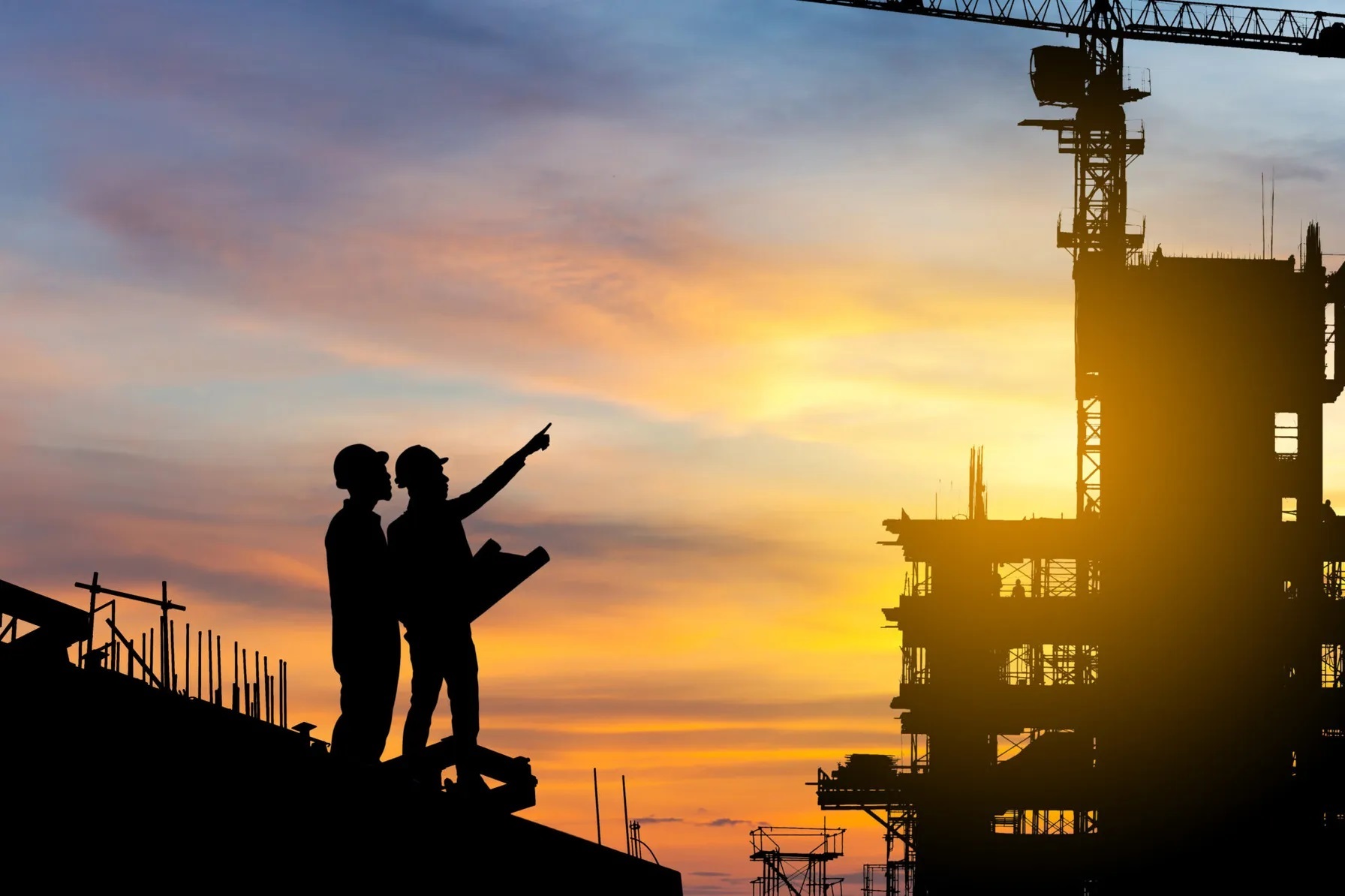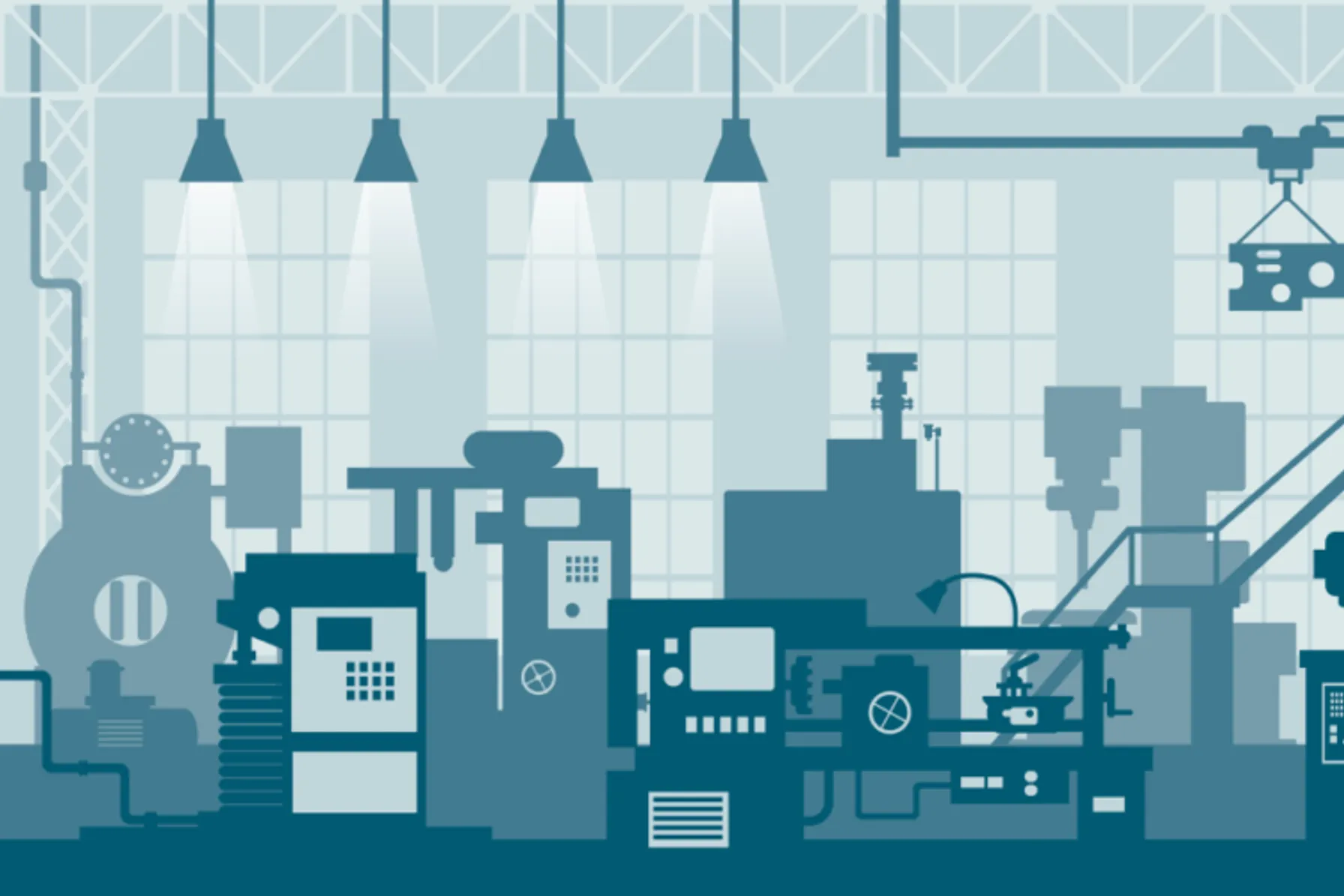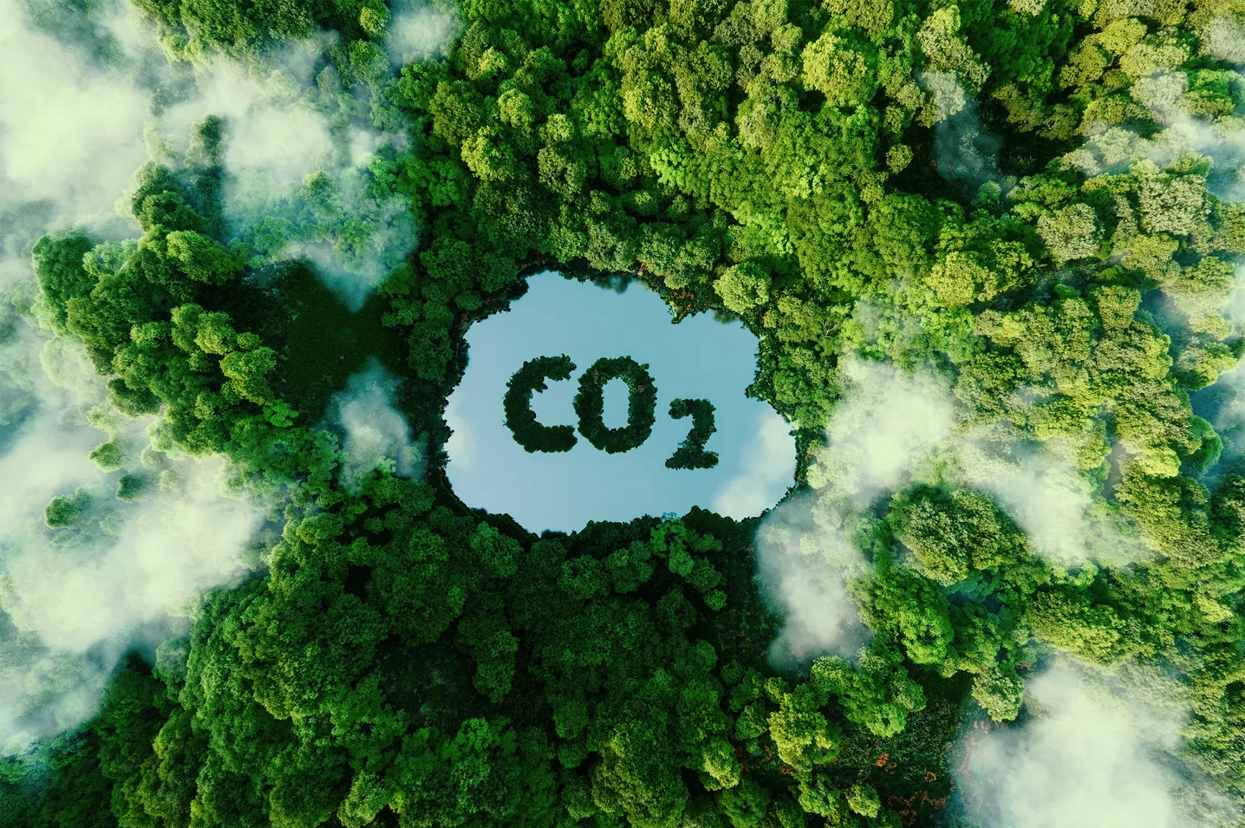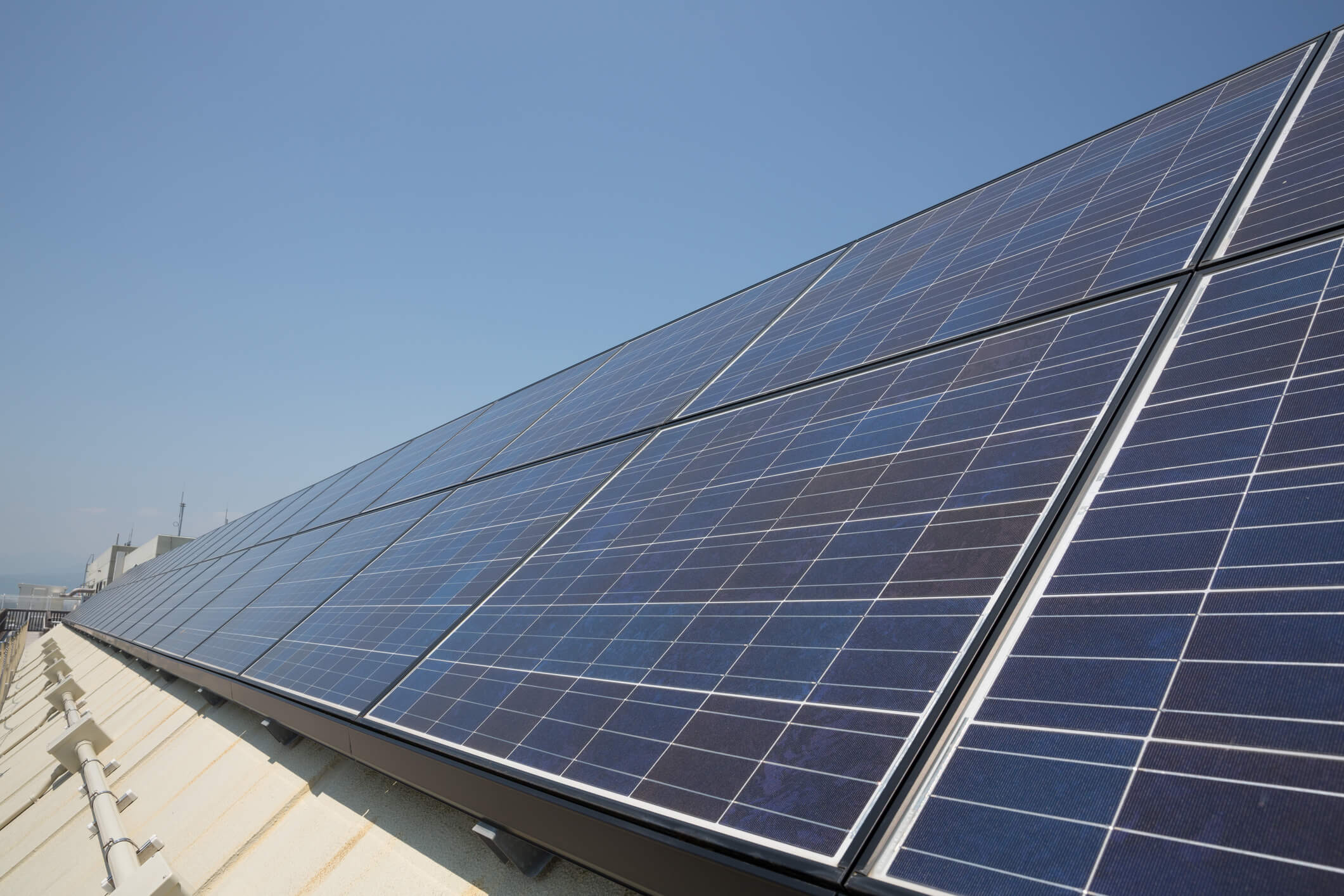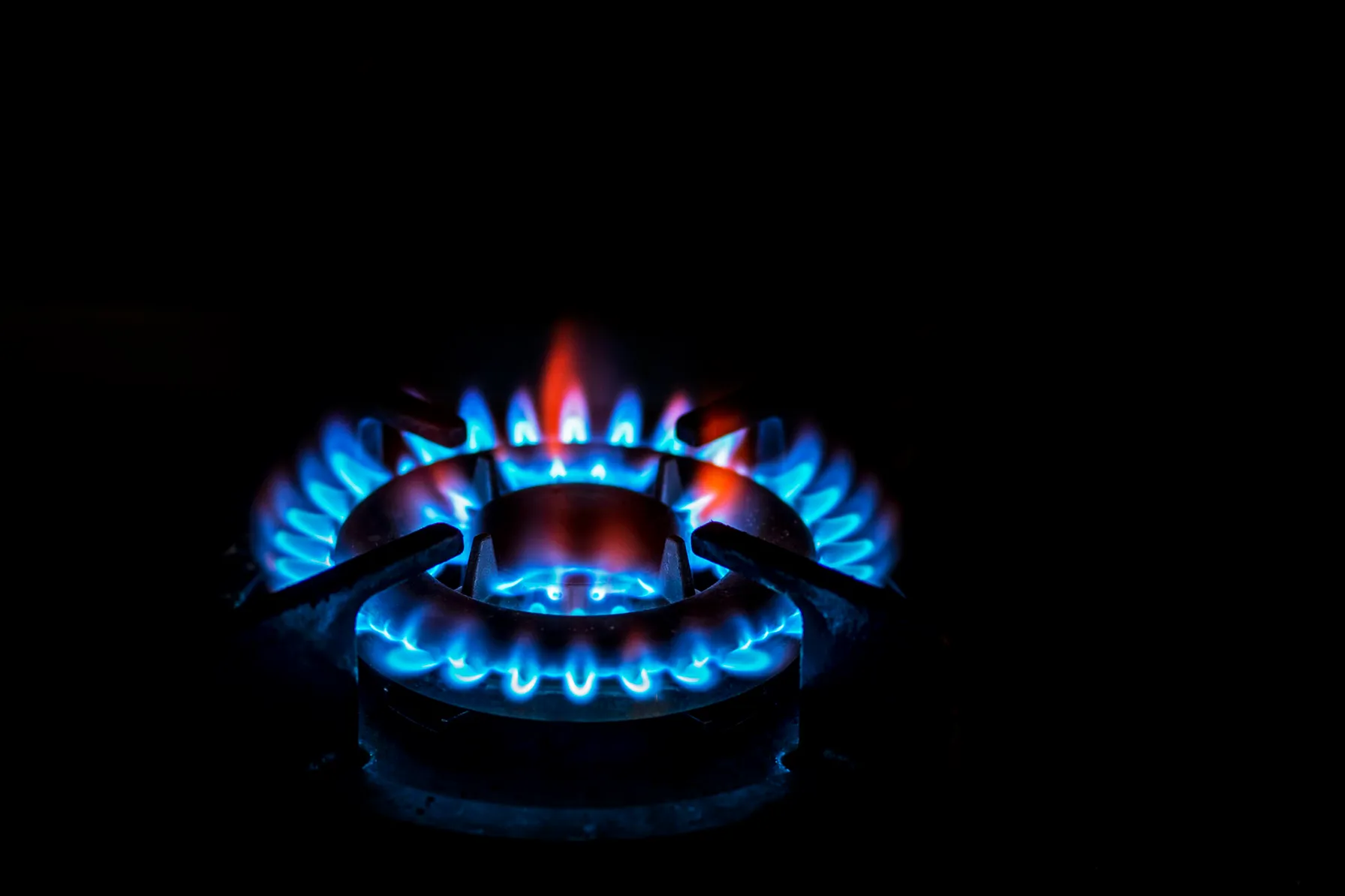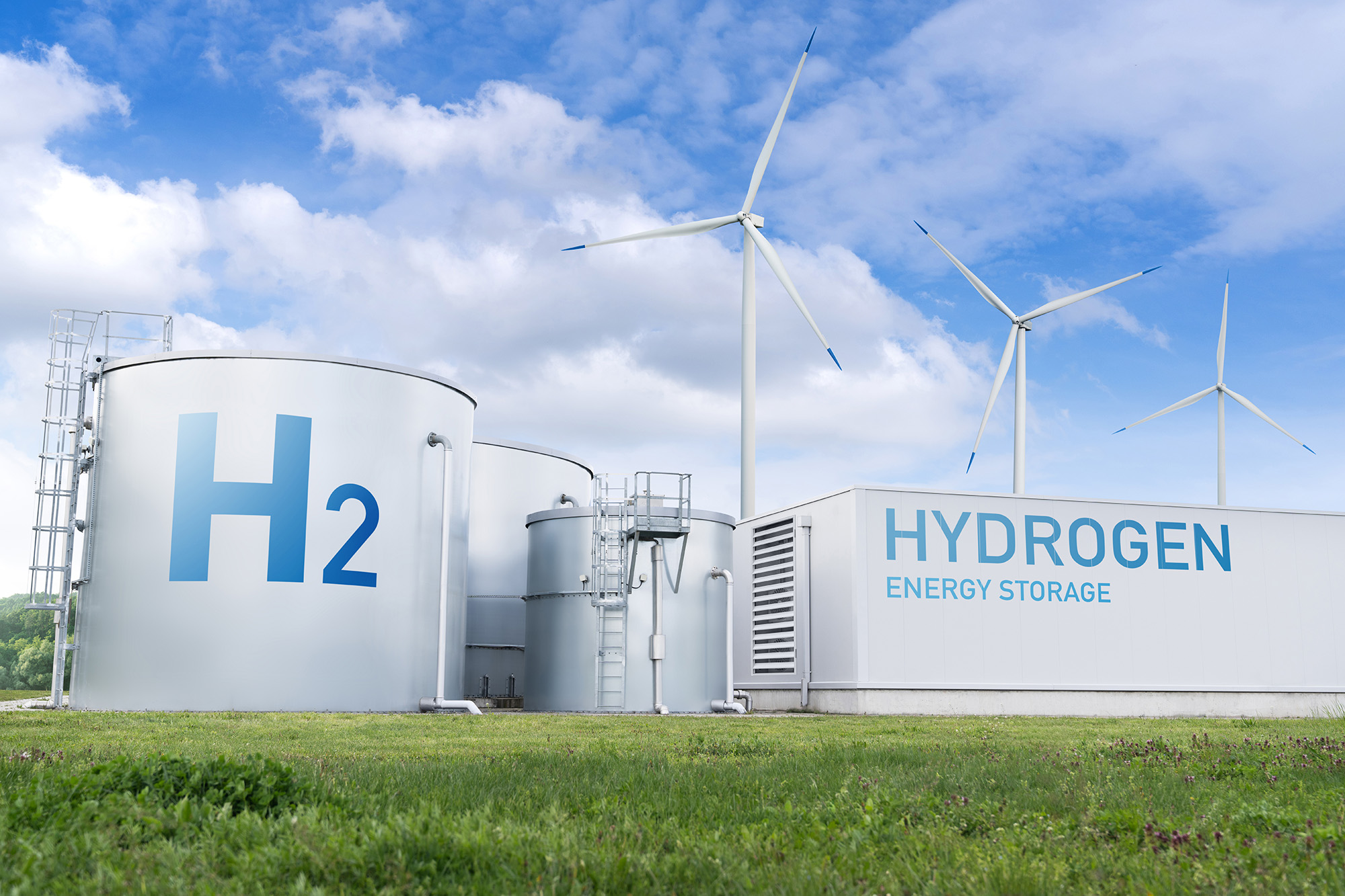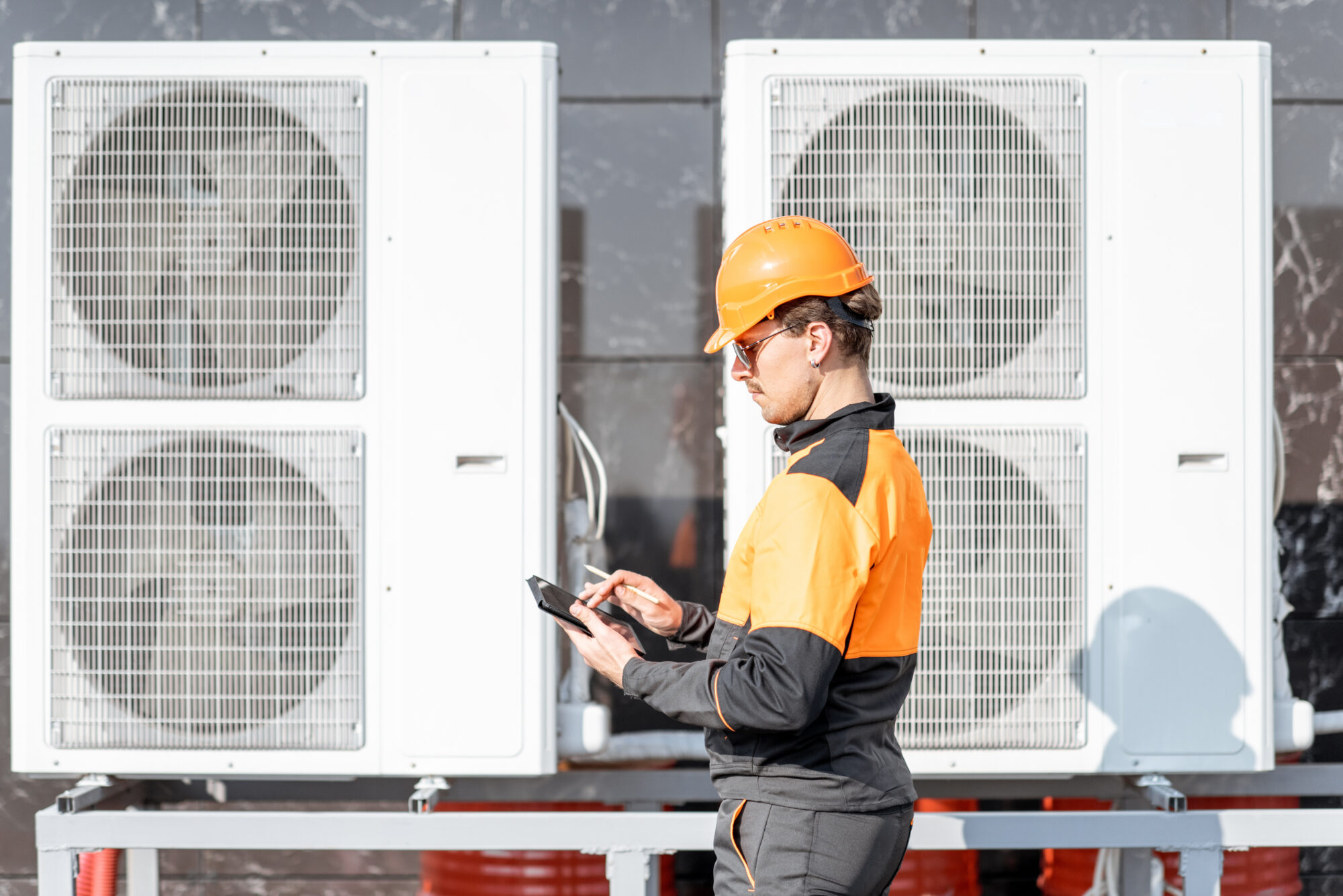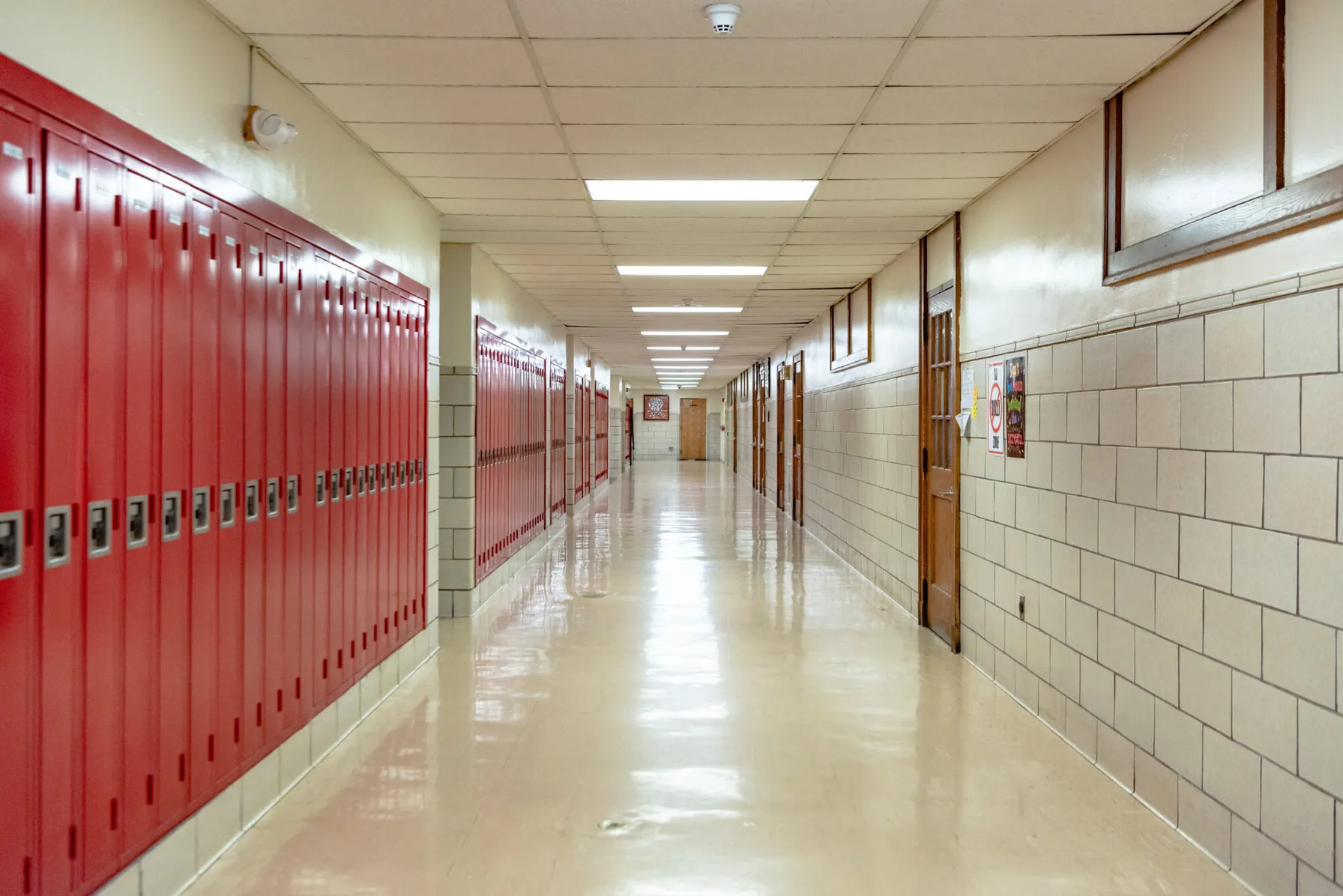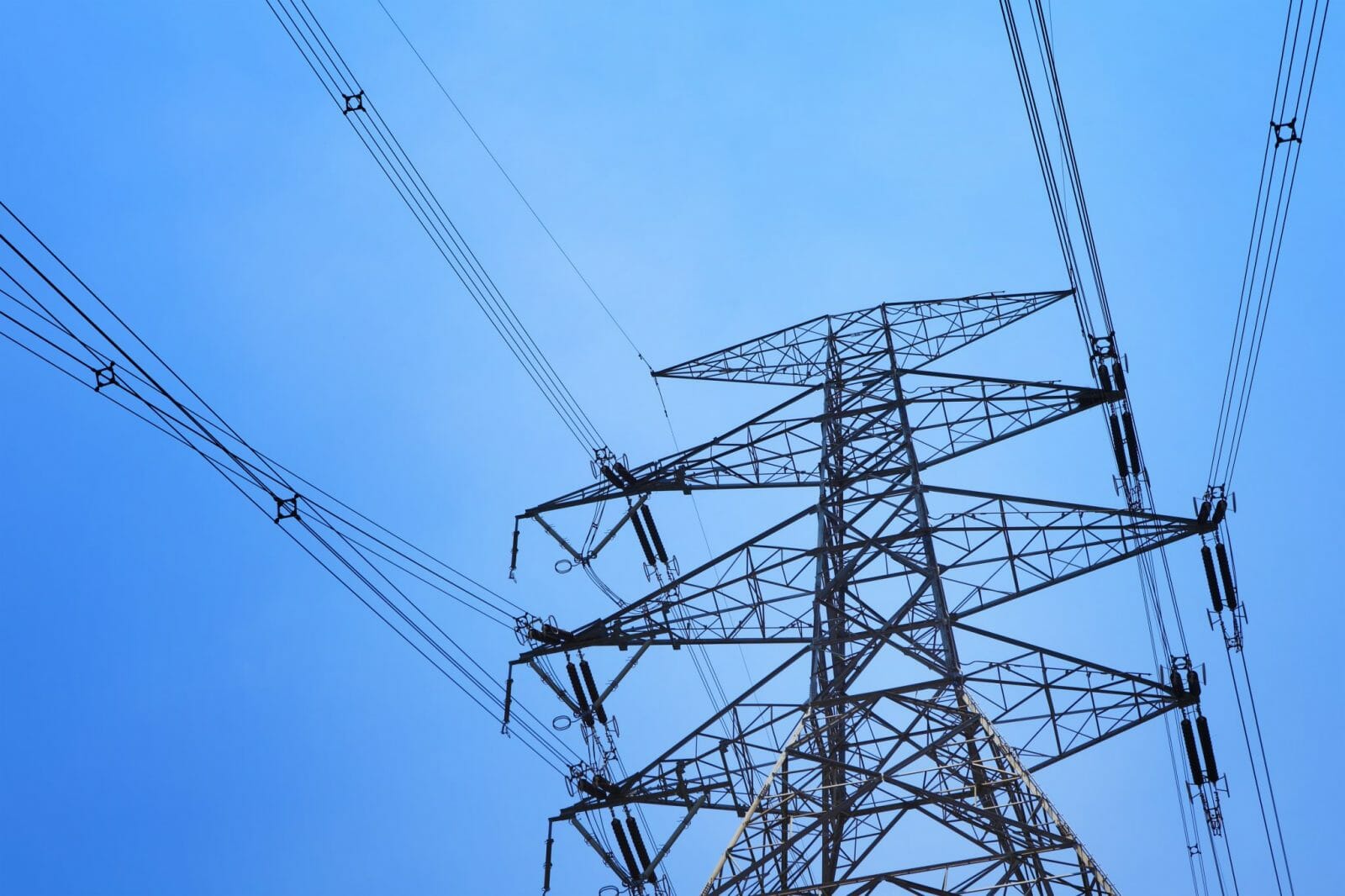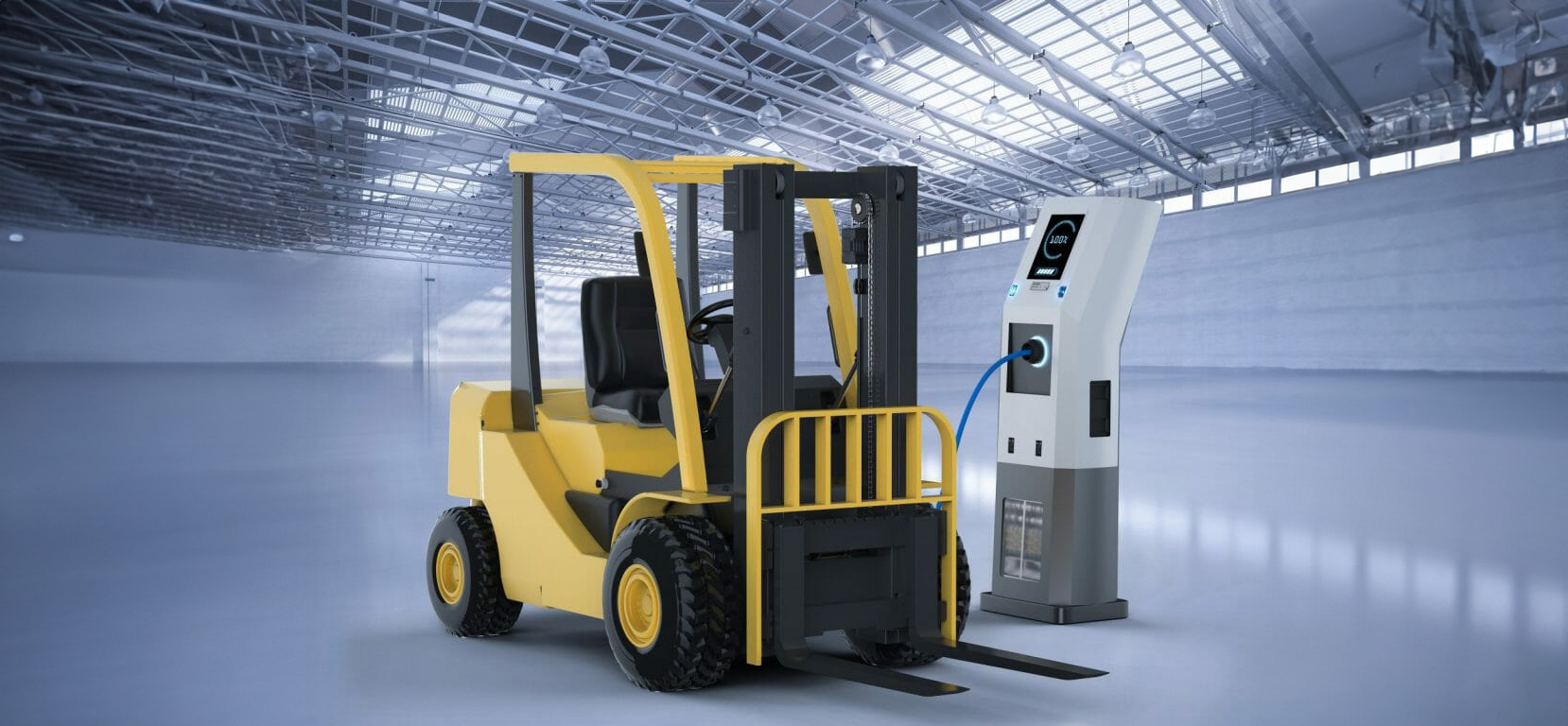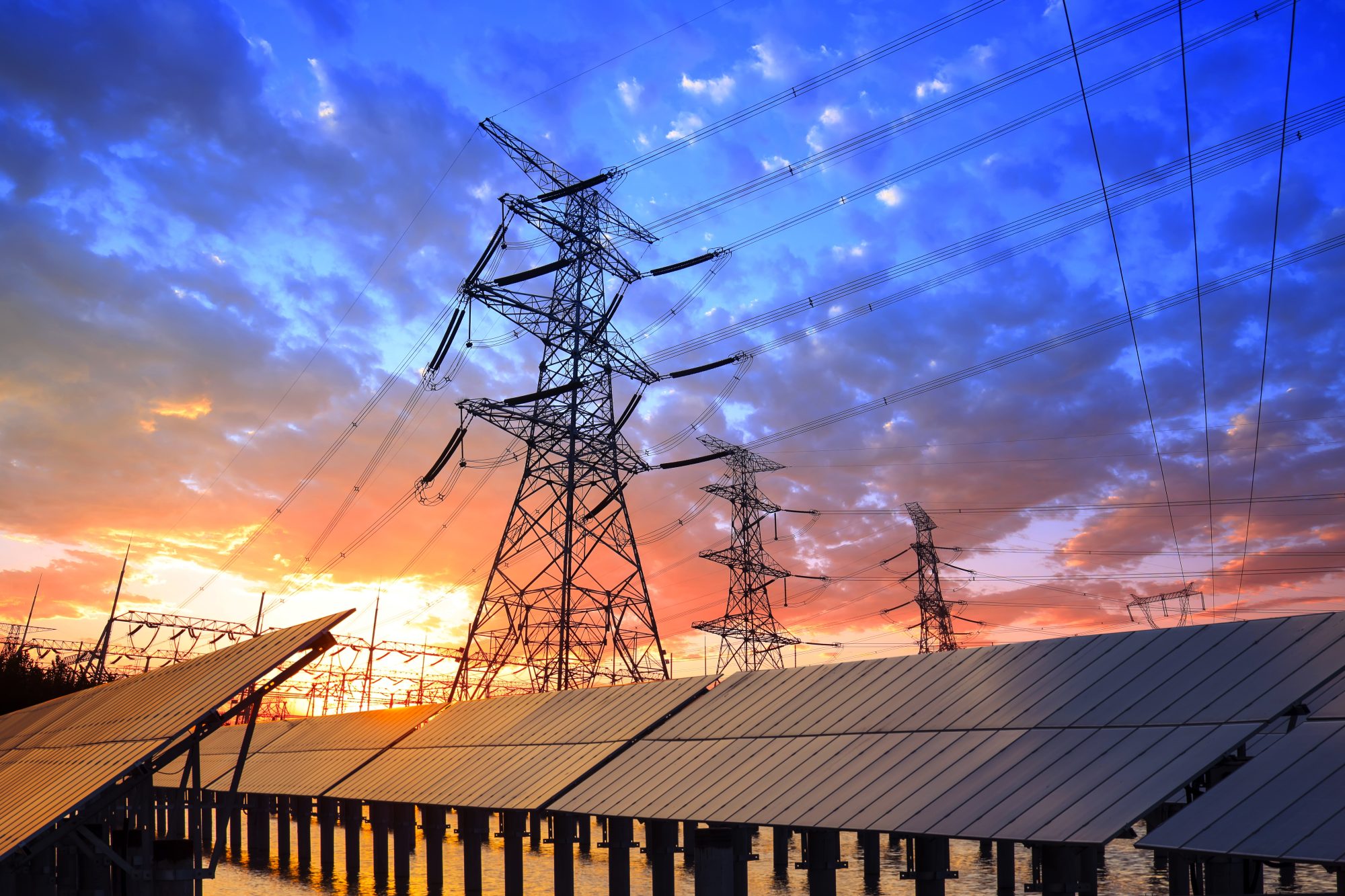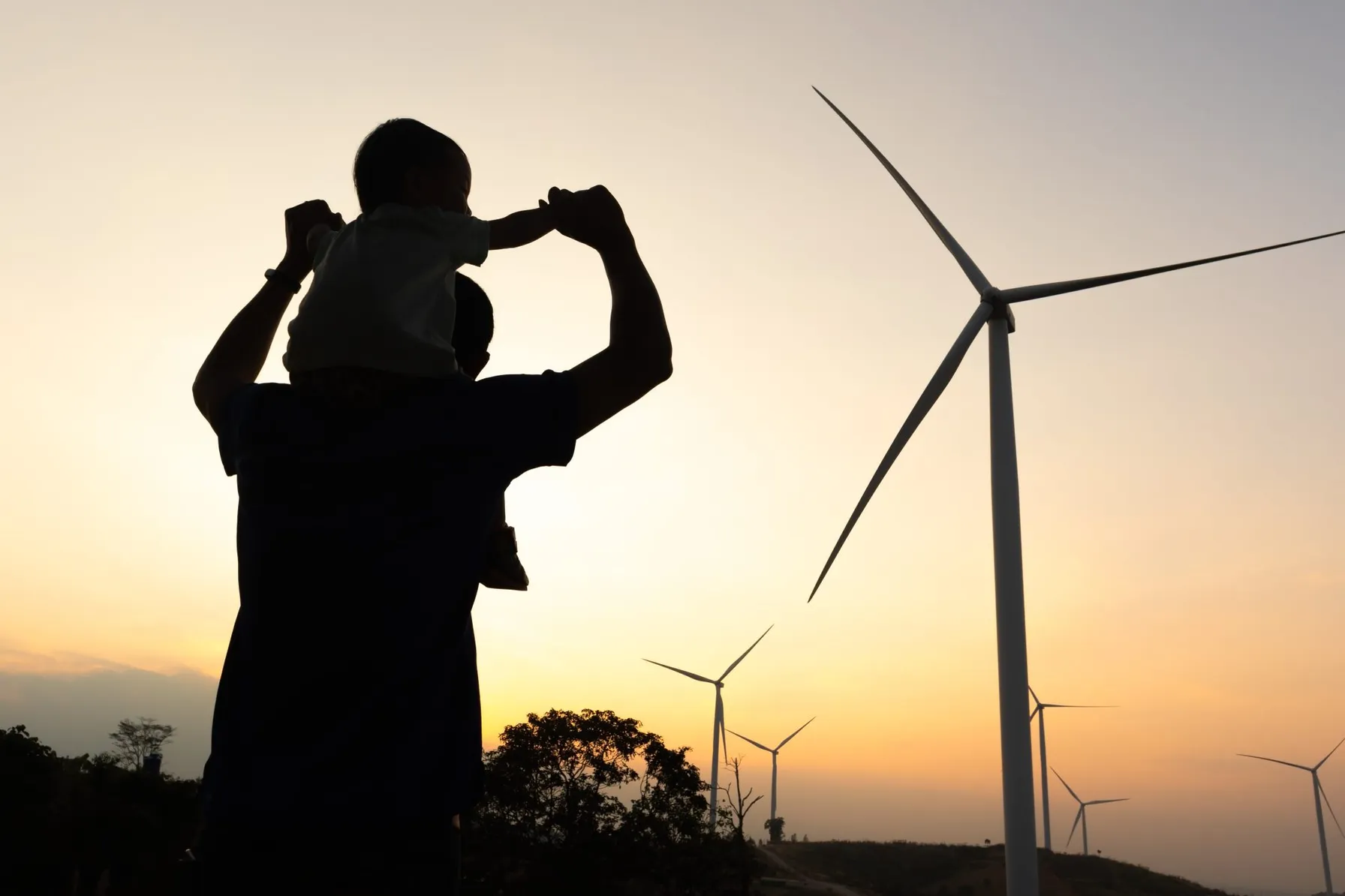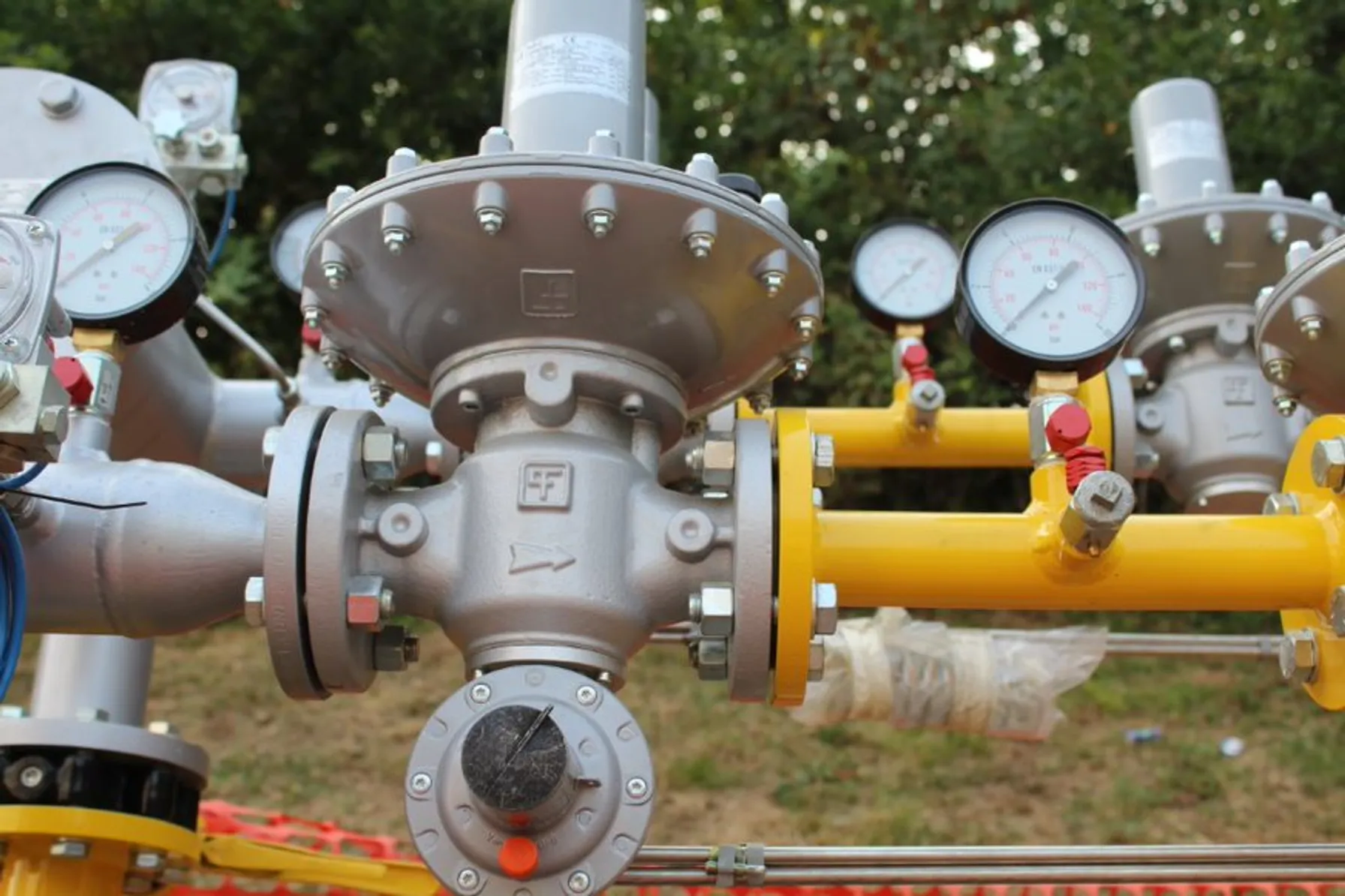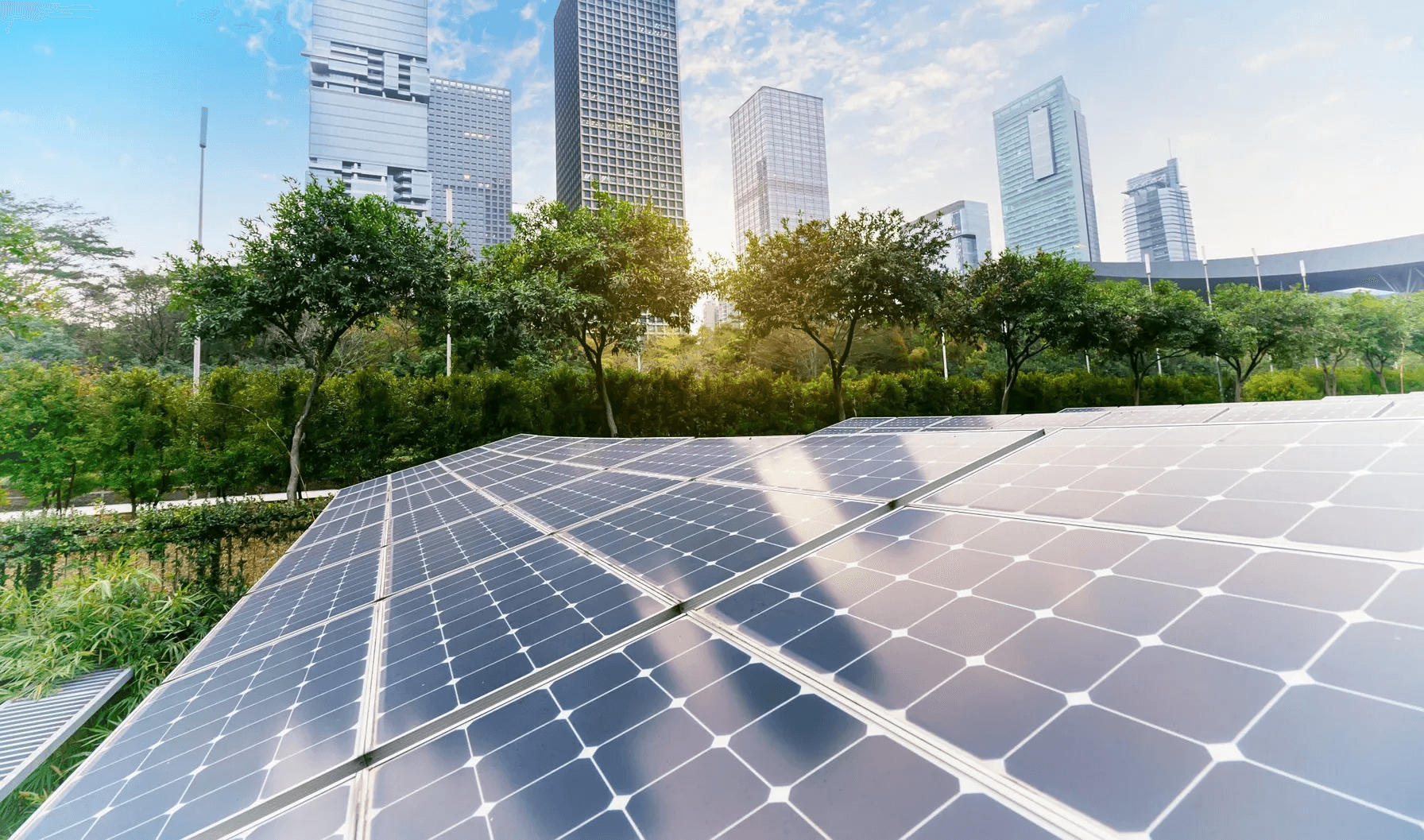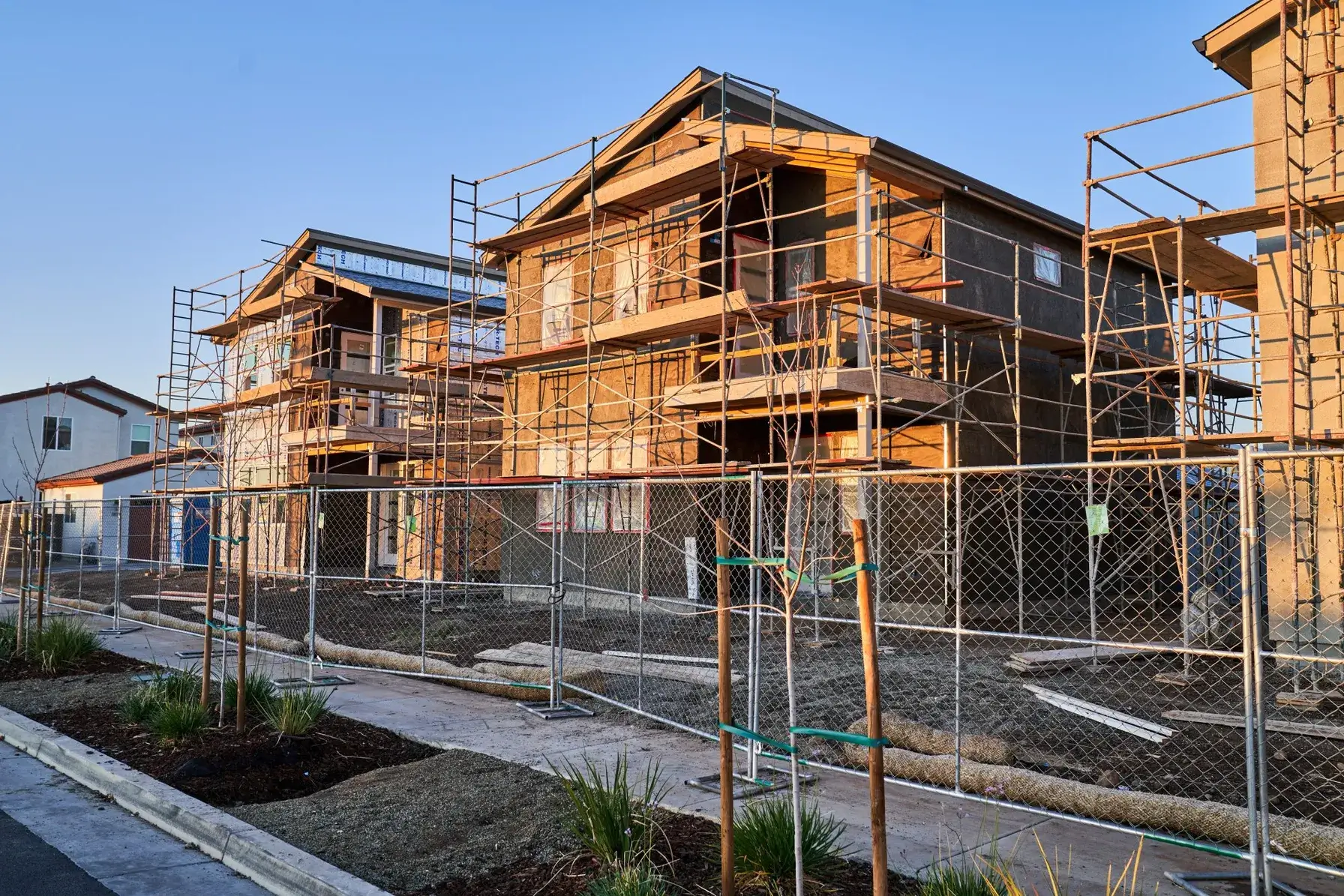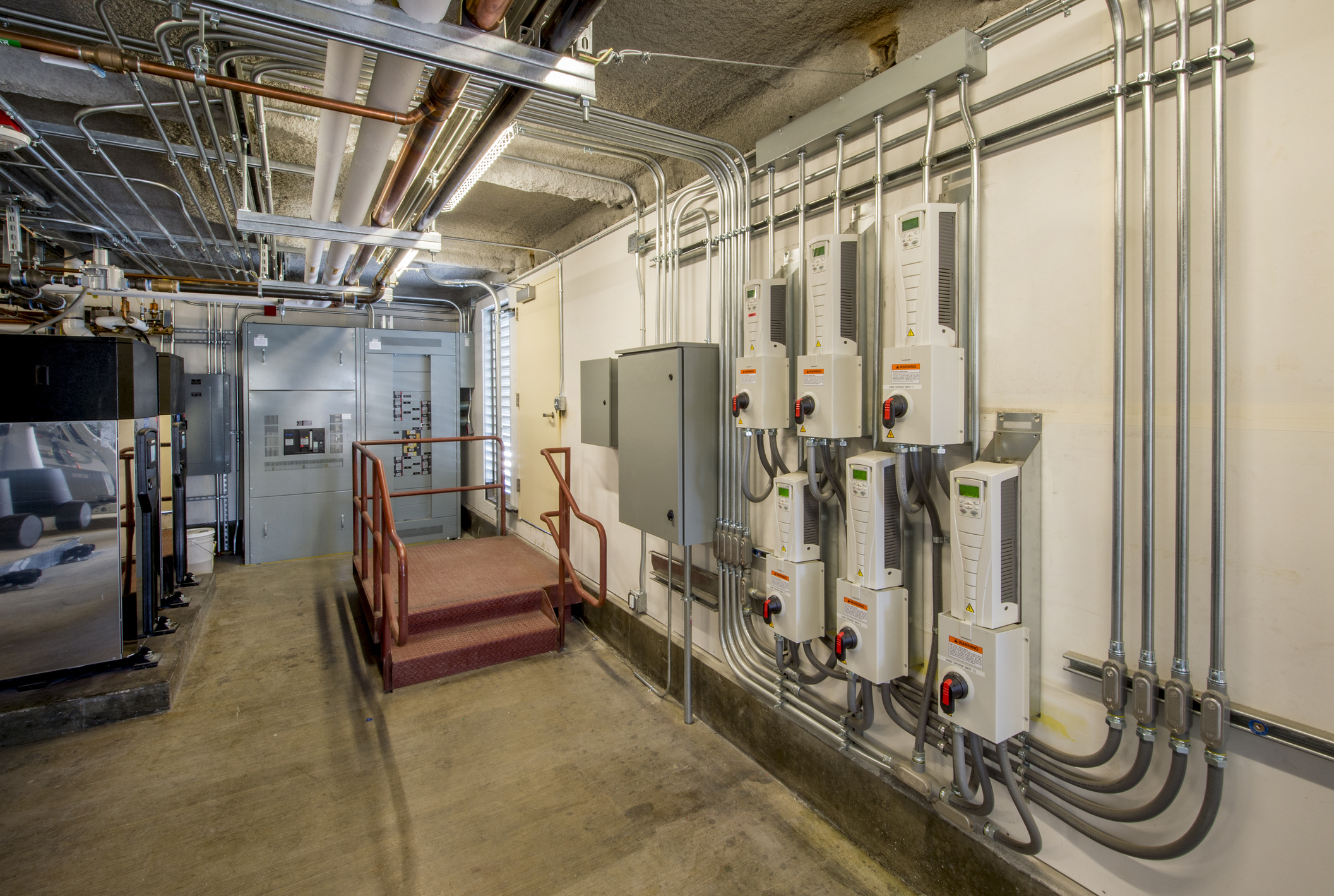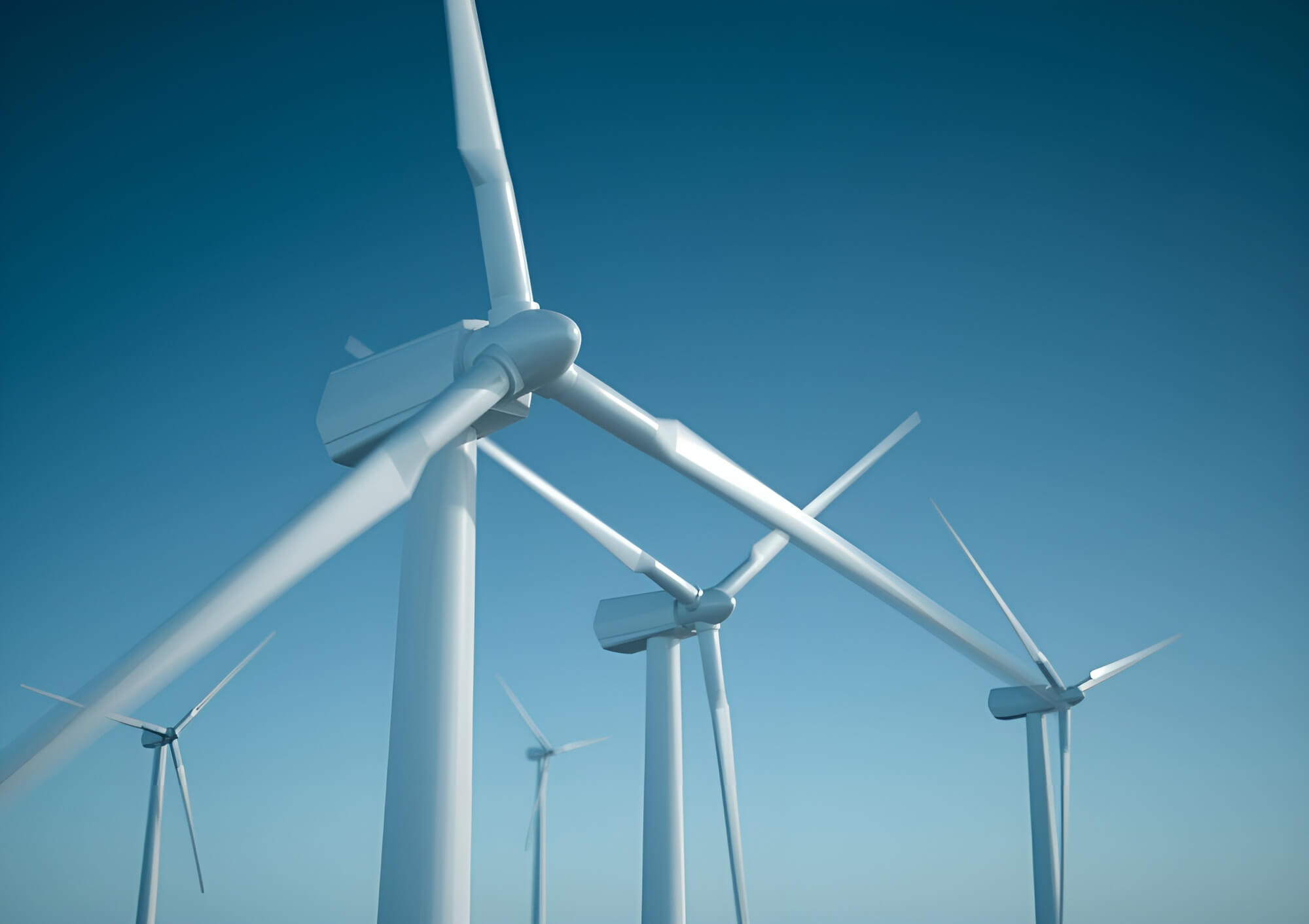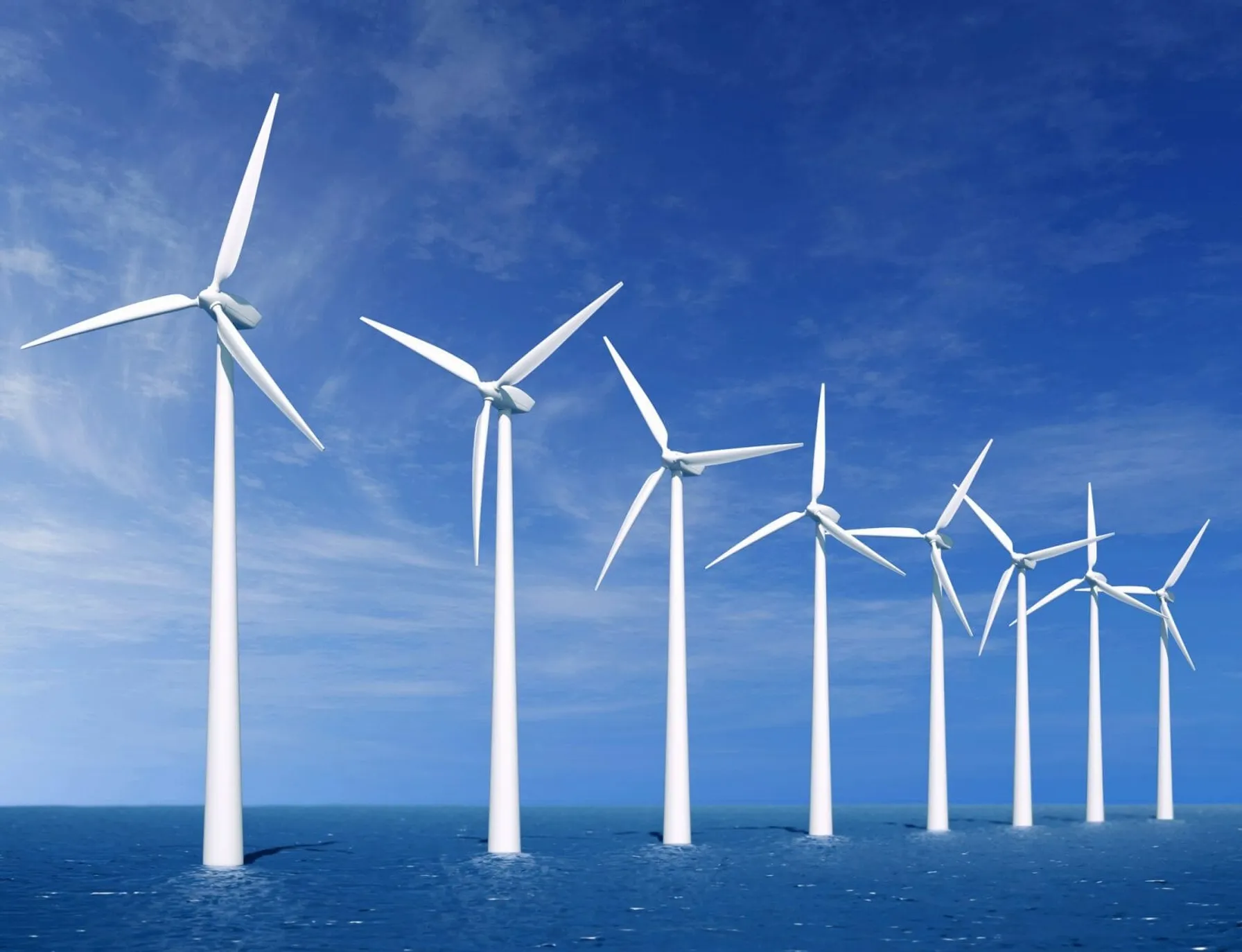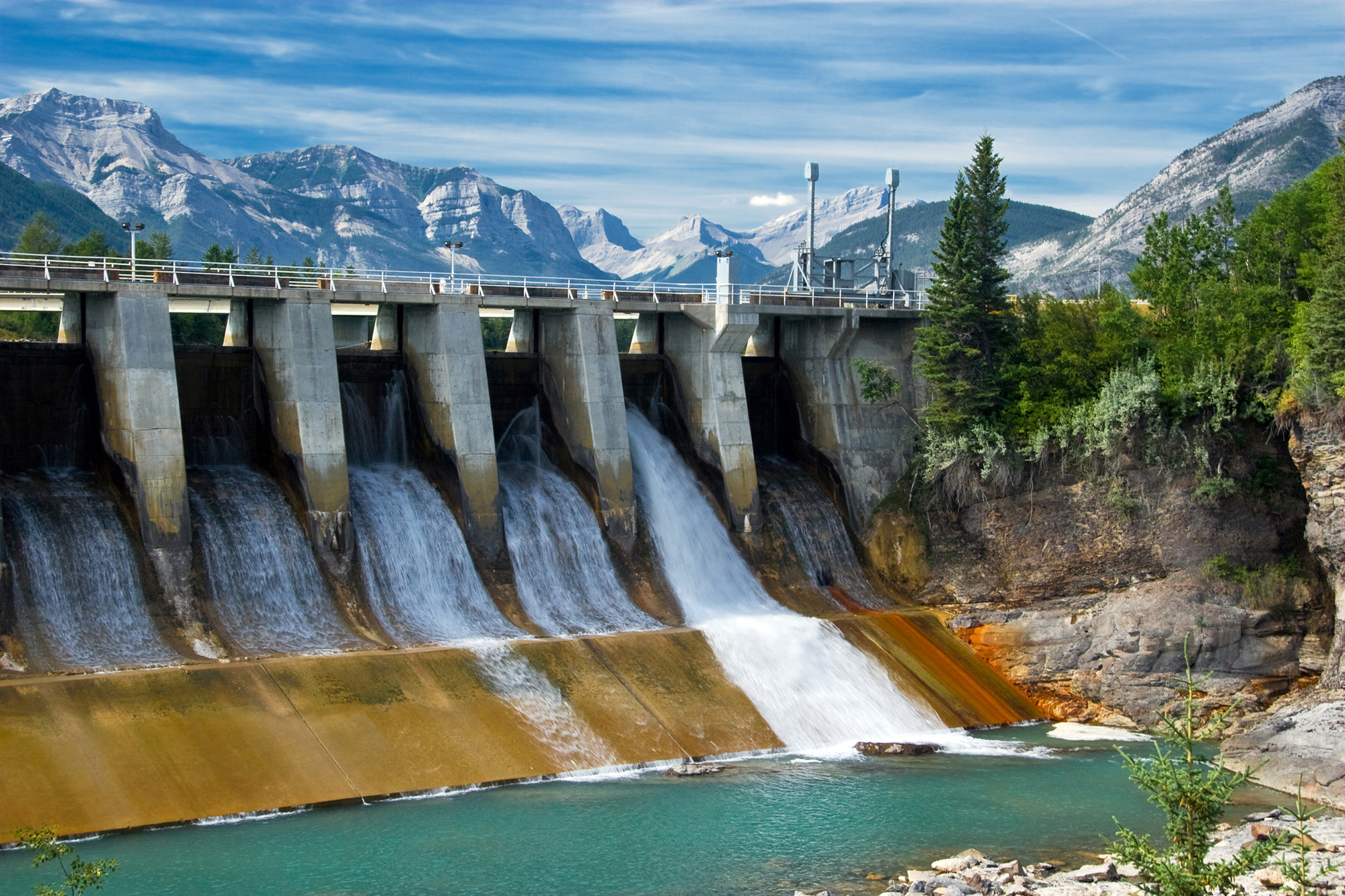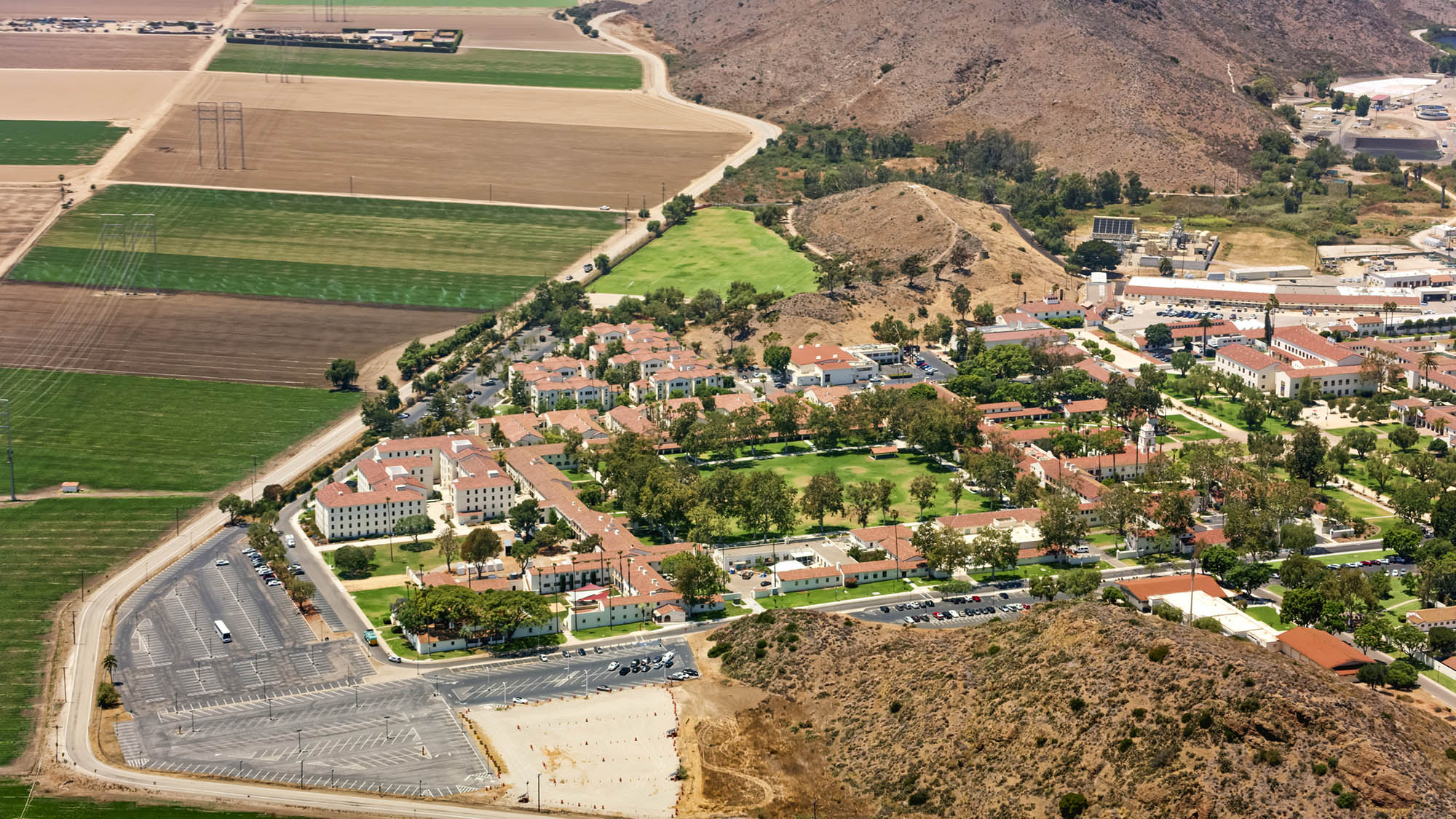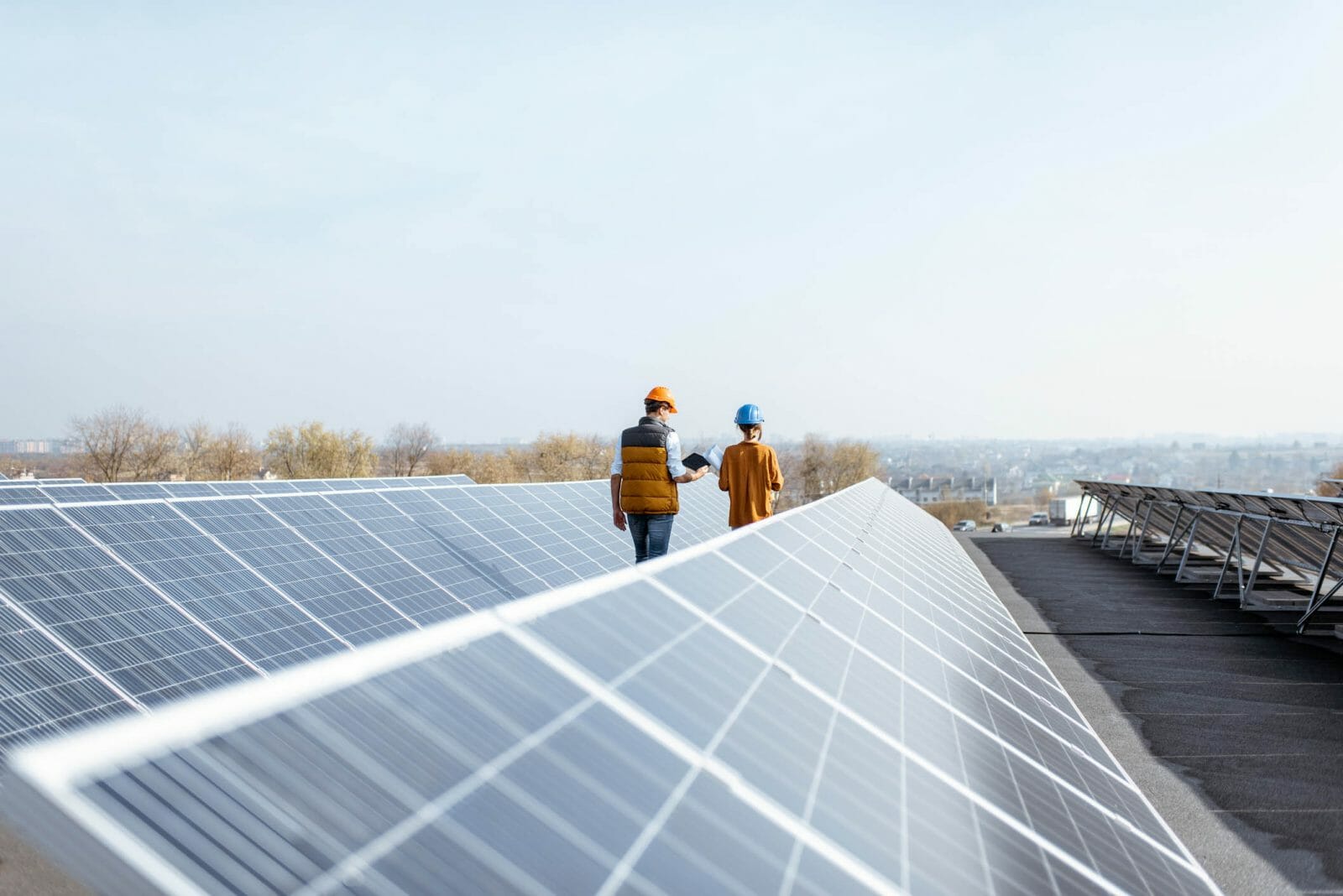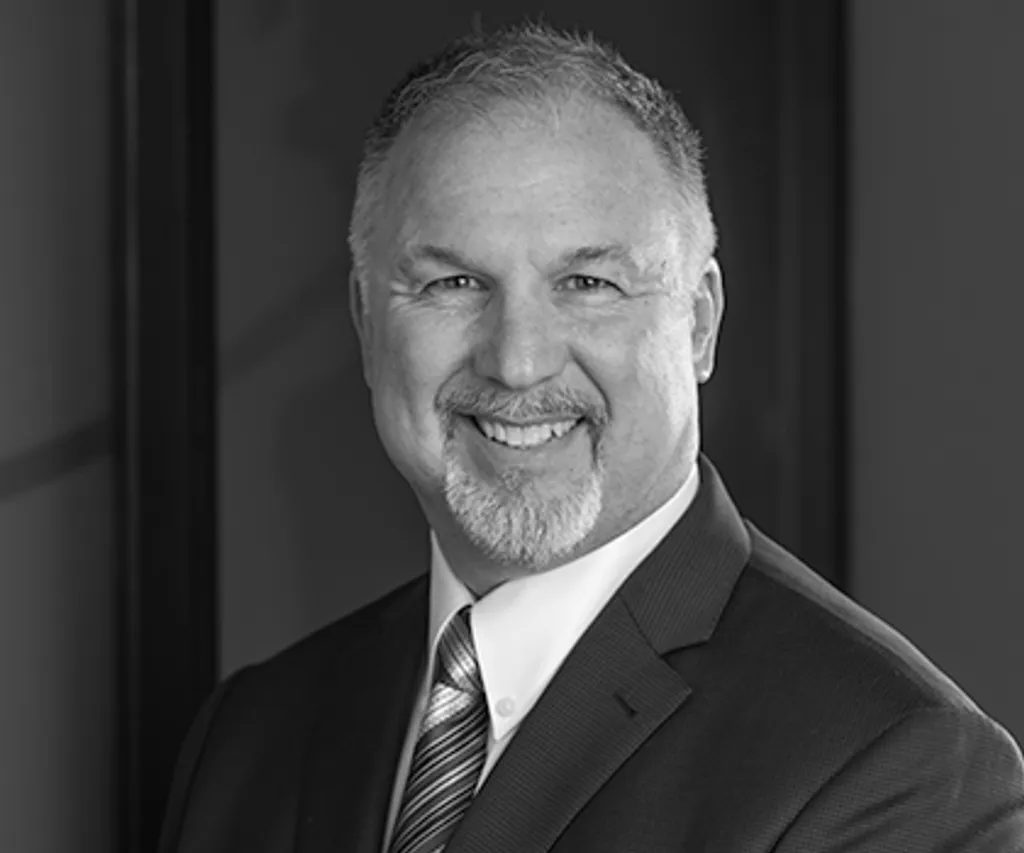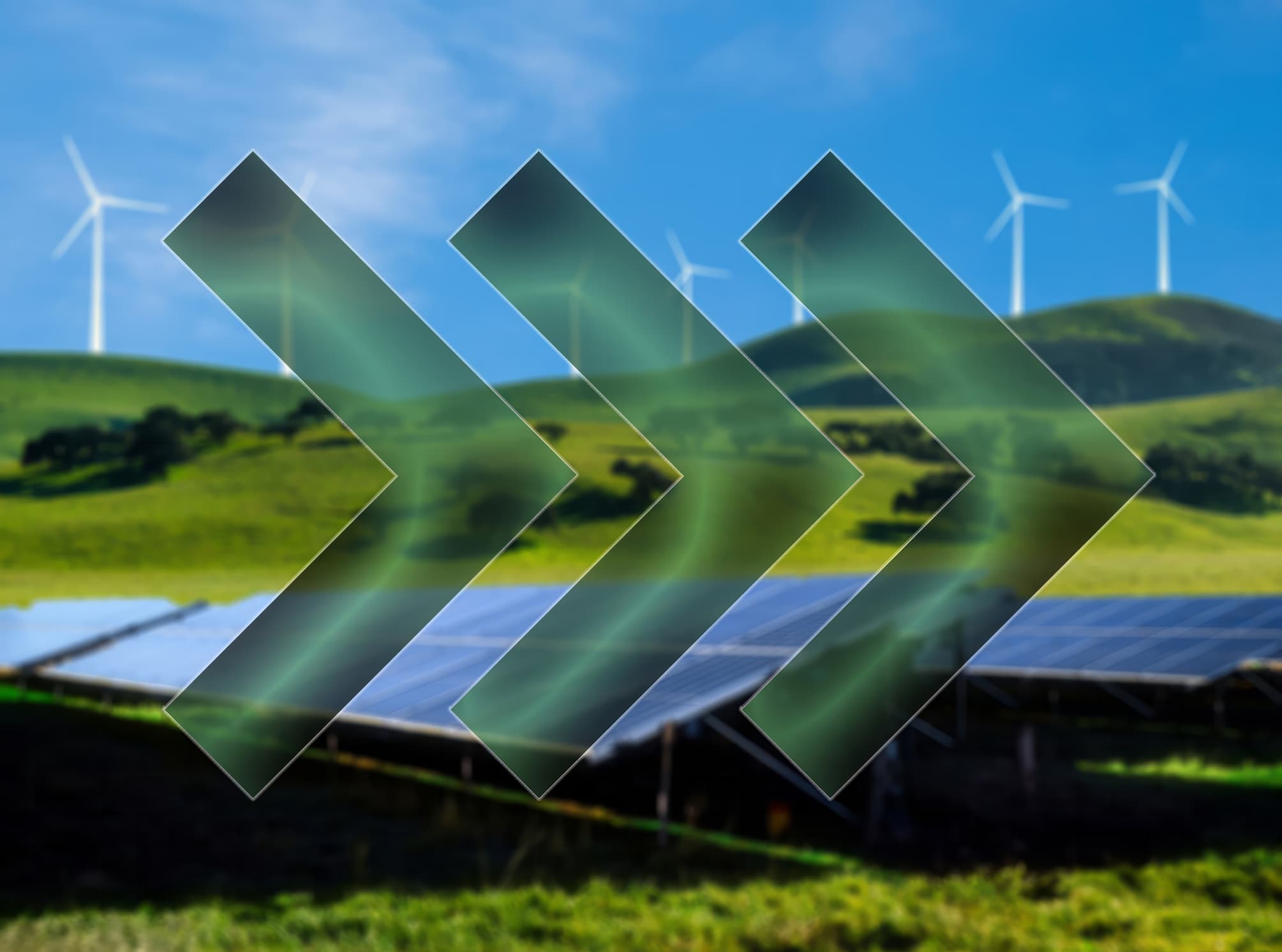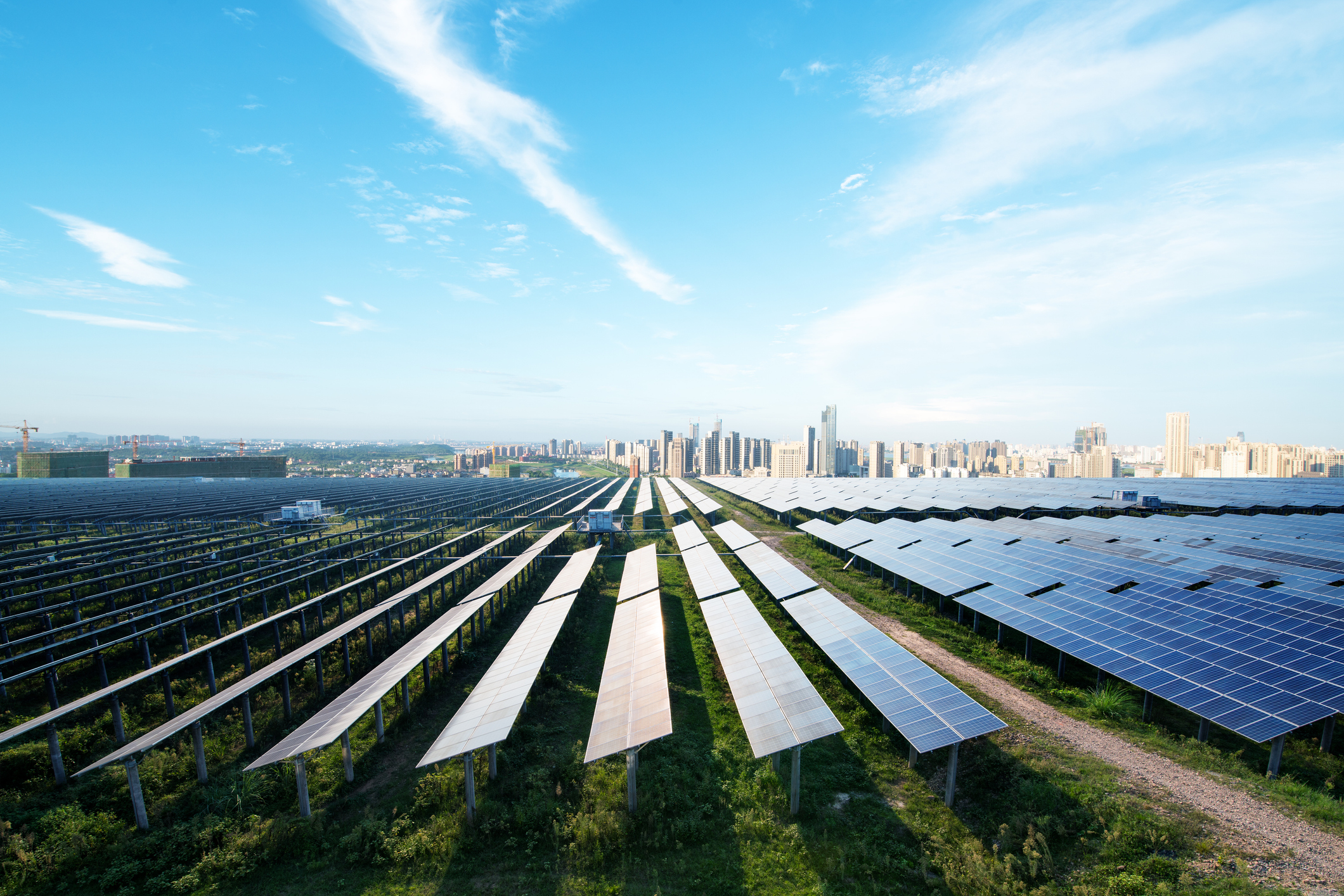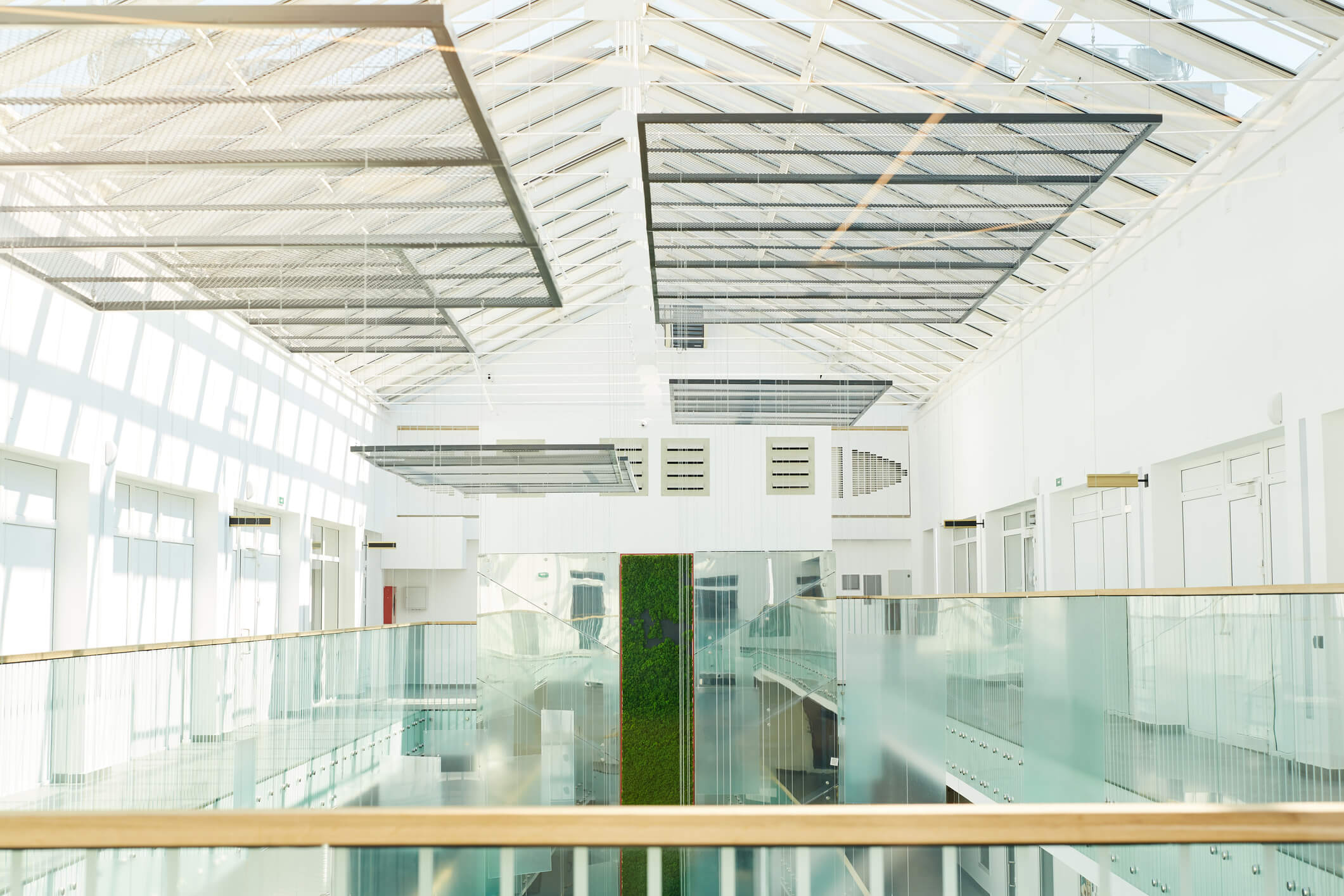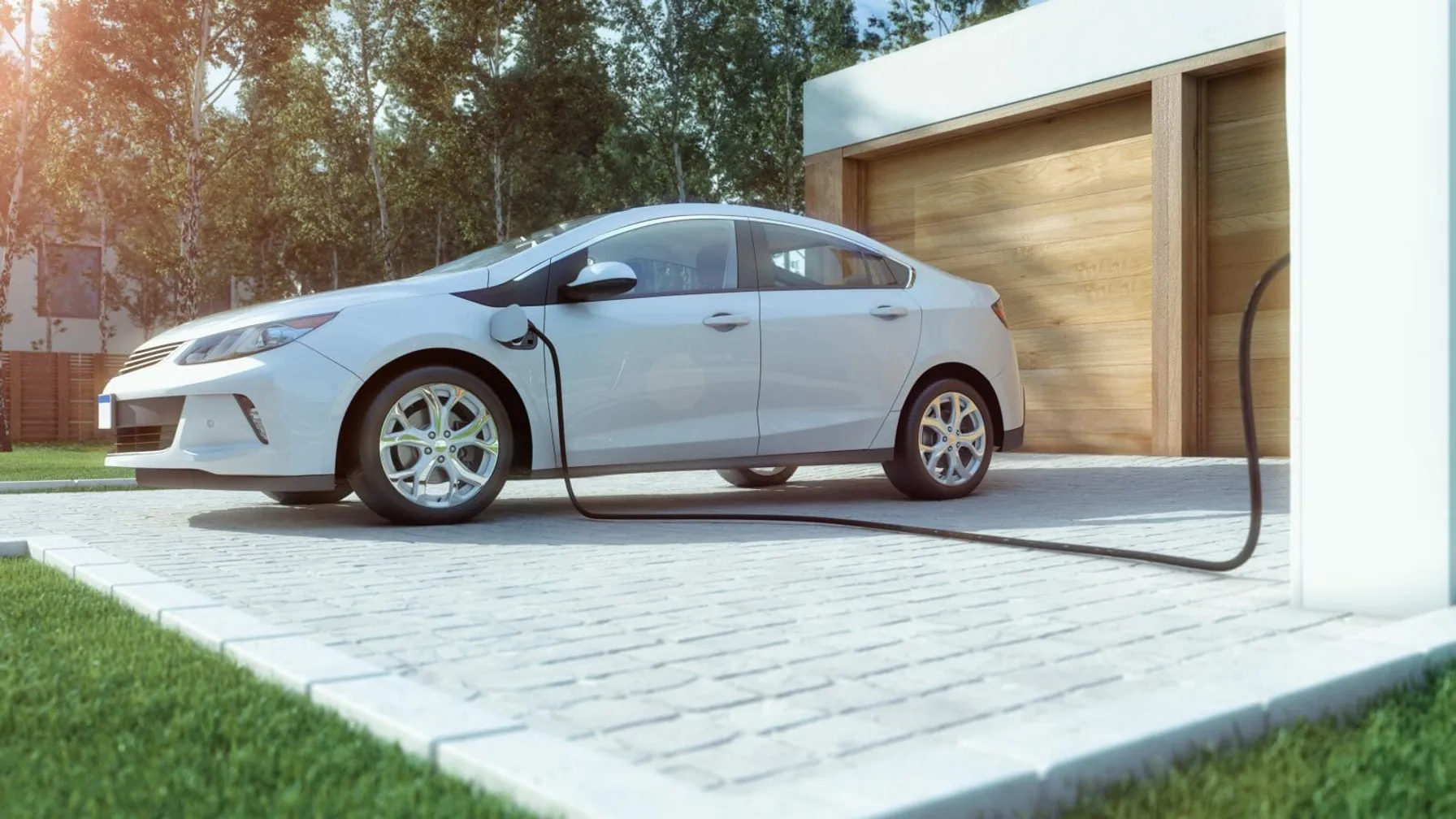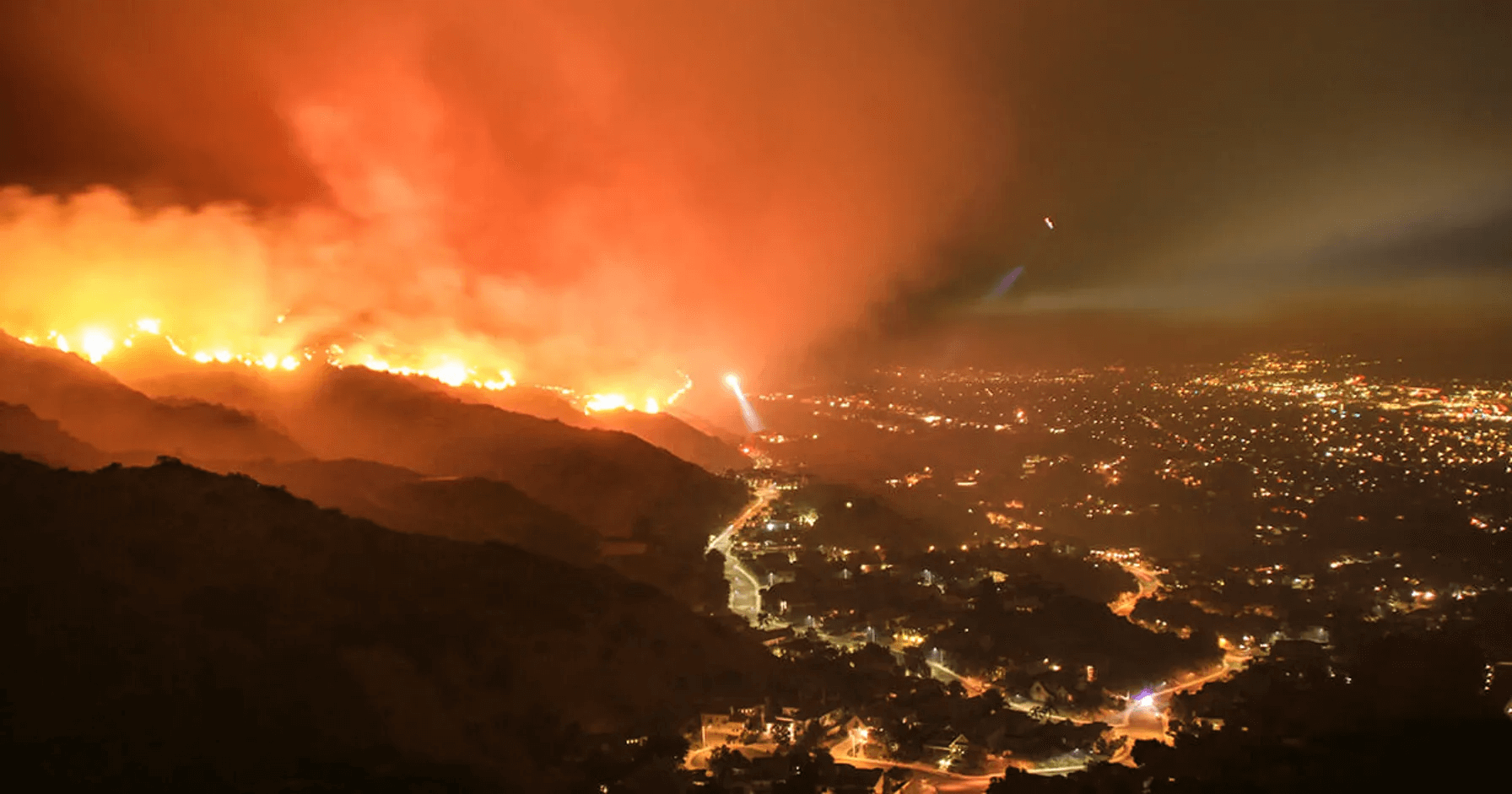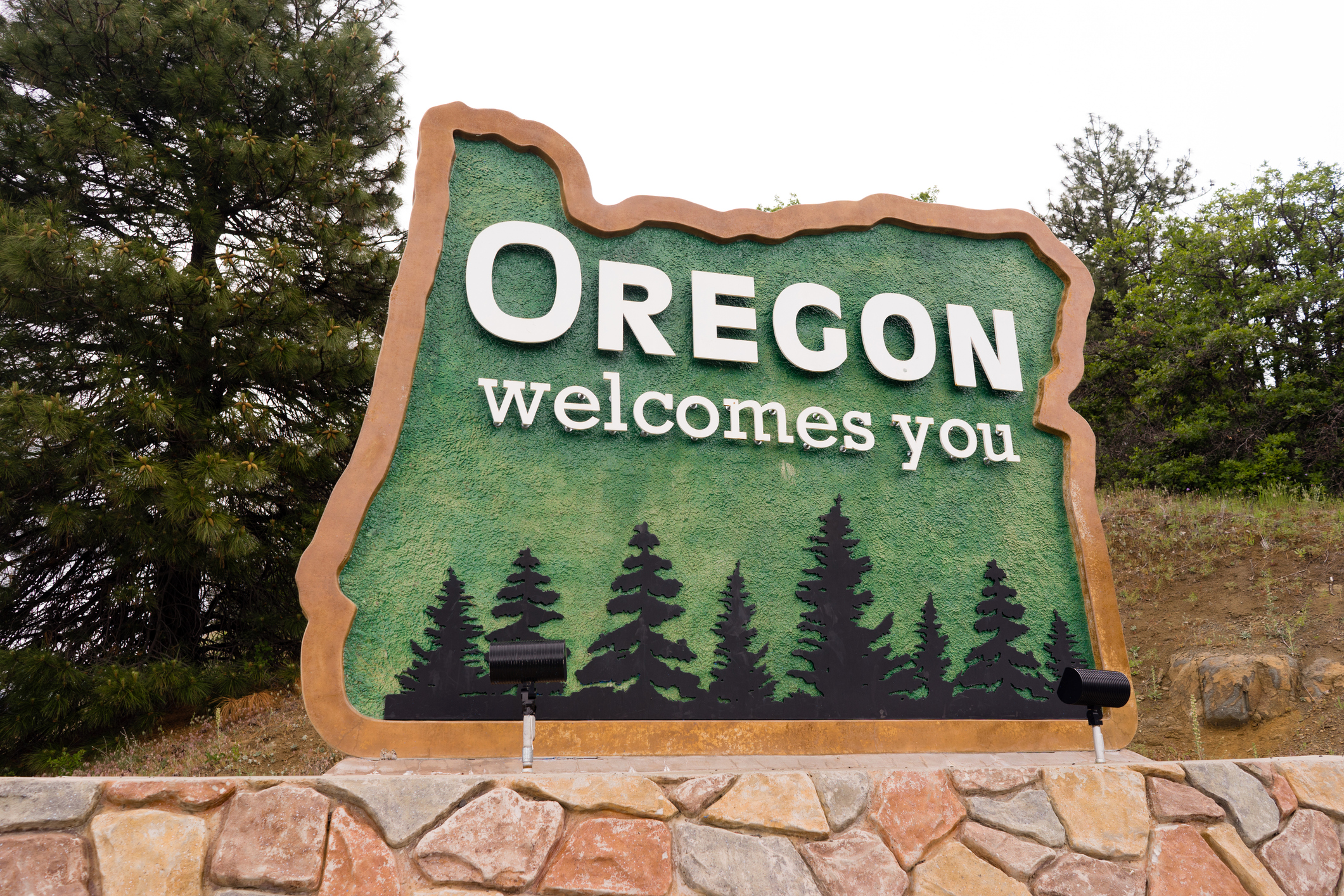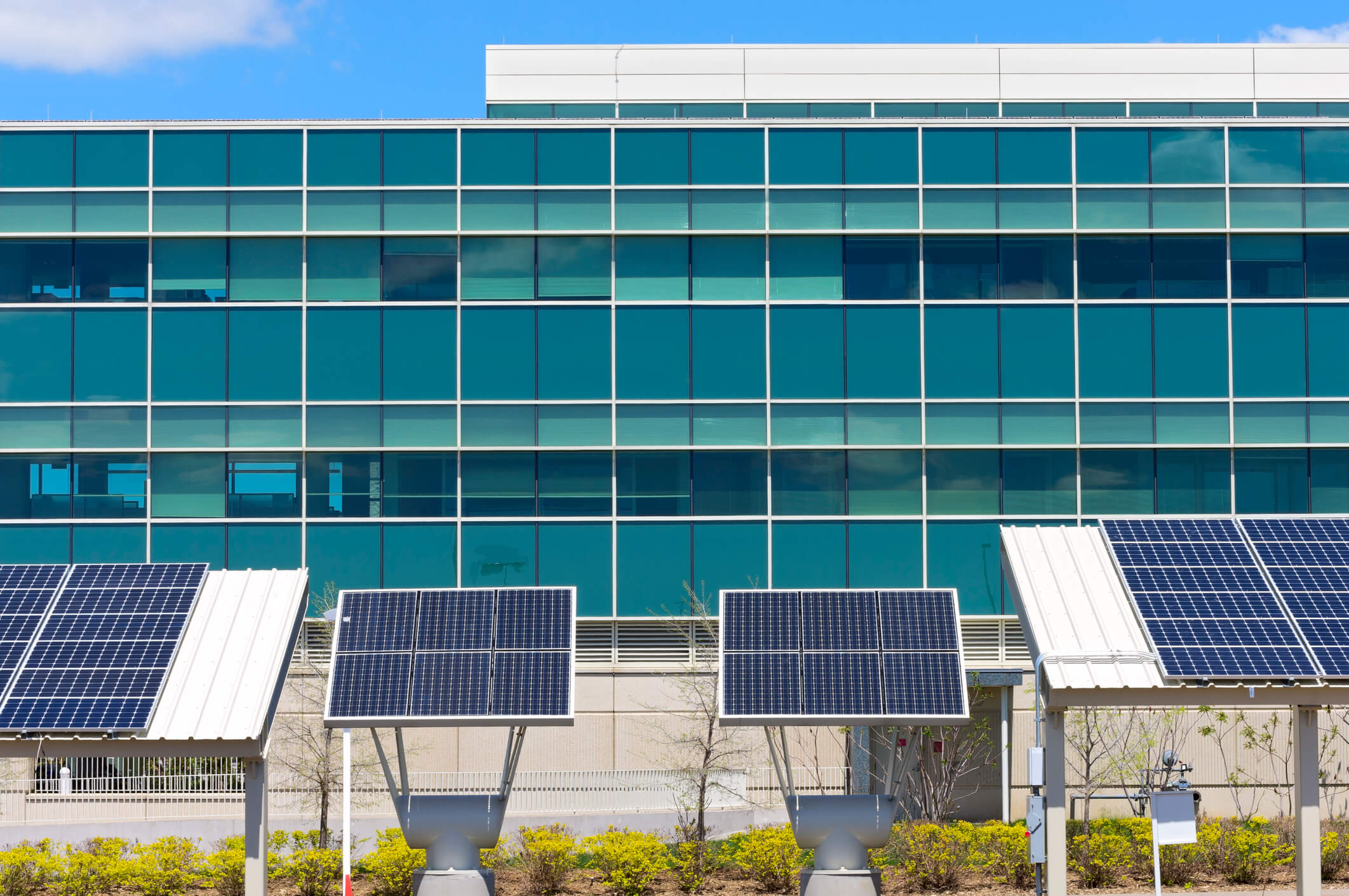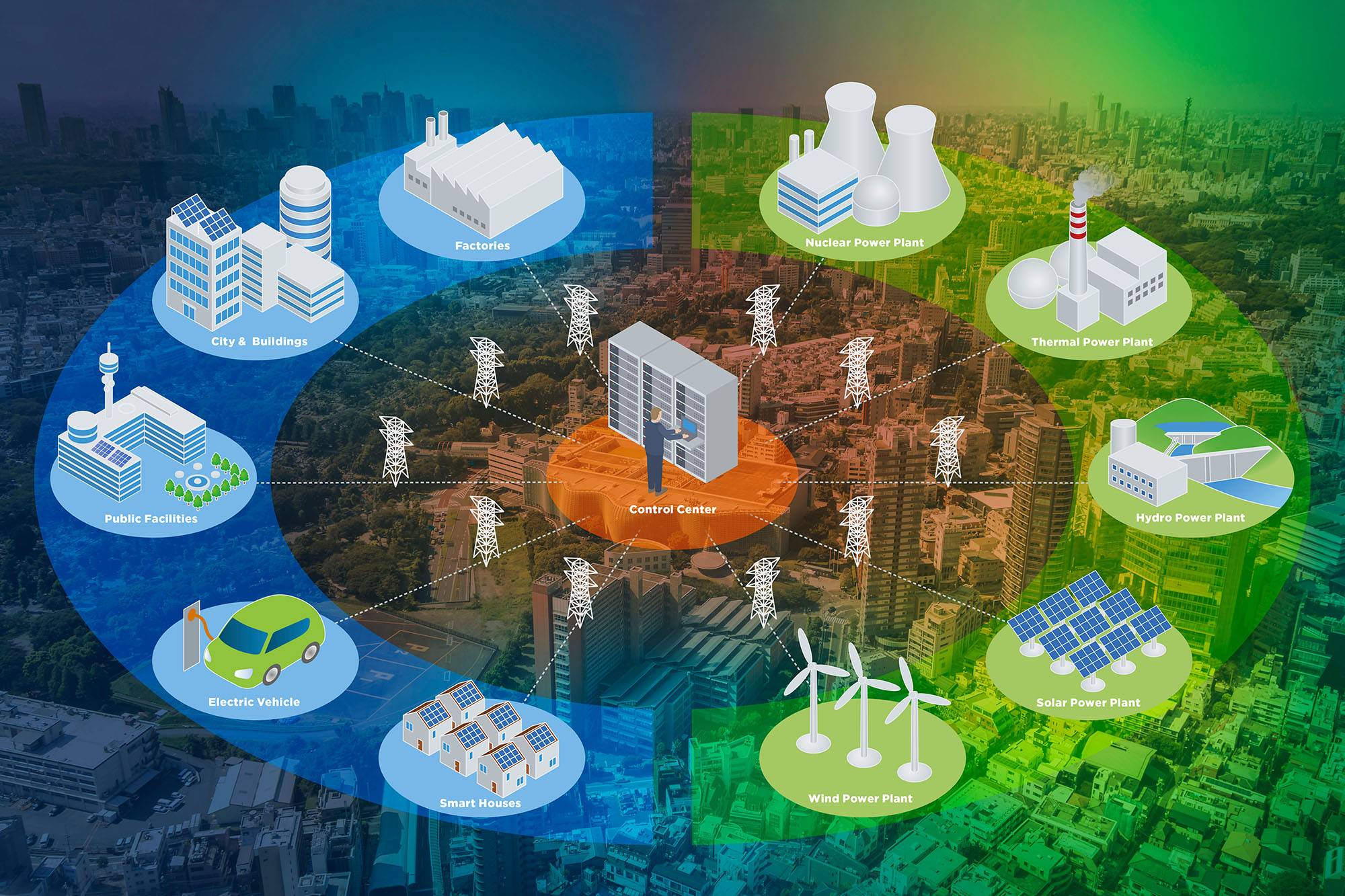Why Energy Equity Requires a Reliable Grid
In October 2017, wildfires ravaging Northern California hit the counties of Sonoma, Mendocino, and Butte especially hard – destroying approximately 5,300 homes in Sonoma County alone. For community leaders, rebuilding in the wake of this devastation created an opportunity to do more than simply replace these homes with the fastest, least-expensive structures. Instead, a unique partnership managed by TRC brought together community choice energy provider Sonoma Clean Power (SCP), Pacific Gas and Electric (PG&E), and the Bay Area Air Quality Management District (BAAQMD) to deliver an award-winning program that helps homeowners rebuild more efficiently and with an eye on mitigating future disaster.
Since the Advanced Energy Rebuild program’s May 2018 launch, 335 high-efficiency homes and 122 ENERGY STAR certified manufactured homes have been completed, with 263 more in construction. Rebuilt homes are, on average, about 25% more energy-efficient than 2016 Title 24 California Building Standards Code requirements. In addition to contributing positively to grid load, incentives made high-efficiency new homes accessible to lower-income and otherwise vulnerable households that might otherwise have been forced to relocated due to high housing costs in impacted areas.
Related Services
The Need for Increased Resilience
Stories like this are increasingly common as the U.S. power grid ages, with significant portions of the infrastructure dating back as far as the 1950s. This becomes especially problematic when most wires and transformers have a 50-year life expectancy, resulting in a skyrocketing number of major outages and wildfires like those that swept through Northern California. Data from the U.S. Department of Energy and the North American Electrical Reliability Corp. indicates that the United States currently has more blackouts than any other developed country – with the average electrical customer experiencing more than eight hours of power interruption in 2020, compared to just over four in 2016.
The concept of resilience directly addresses this issue. Within the utility industry, resilience encompasses a wide range of strategies designed to ensure a more reliable and consistent power supply, including an improved ability to prevent, withstand, and recover from man-made or natural disruptions. Common grid resiliency investments include infrastructure upgrades, capacity-building solutions like battery energy storage systems, adoption of high-efficiency building codes, and demand response programs or time-of-use rates to decrease grid load during peak hours.
Efforts to mitigate natural disasters such as wildfires, windstorms, landslides, and flooding, all of which can impact the grid, also represent community resiliency strategies. In the case of Advanced Energy Rebuild, incentive-eligible home designs include fire-resistant features like sealed attics and exterior-facing insulation. “Above-code houses not only provide homeowners with long-term energy bill savings, but also provide peace of mind to customers in high fire threat areas due to their increased resilience,” says TRC Director Nic Dunfee, who oversees the program.
Equity and Environmental Justice
The vital importance of resilience can be felt even more deeply in low-income communities and communities of color, which historically face a disproportionately high energy burden. Research conducted by the American Council for an Energy-Efficient Economy (ACEEE) found that the median energy burden of Black households is 43% higher than that of their white counterparts; Native American households’ energy burden is 45% higher, with Hispanic households experiencing a 20% higher energy burden. The DOE found that the average energy burden for low-income households was three times higher than for other households.
Meanwhile, these communities are more likely to have an outdated, inefficient electrical infrastructure, leaving them especially vulnerable when outages occur. This inequity was clearly demonstrated when more than 4.5 million homes in Texas lost power in February 2021 due to electrical outages, despite repeated warnings that older infrastructure was not properly weatherized. Local media outlets noted that the more affluent area of downtown Austin remained well-lit, while thousands of homes in the historically Black and Hispanic neighborhood of East Austin were without power. The Austin Justice Coalition reported that approximately 90% of the families in need of emergency food supplies during the outages were Black or Hispanic.
Resilience and energy equity are inextricably linked. Resiliency planning must place the needs of communities with the highest energy burden at the forefront, ensuring that they benefit equitably from increased grid stability. Members of these communities – who are best equipped to speak to the impact of grid conditions on their daily lives – should also be actively engaged as decision-makers during resiliency strategy development.
TRC’s Commitment to Community Resilience
As an industry leader in decarbonization solutions, TRC applies our comprehensive understanding of resilience to help our clients implement innovative strategies that benefit the communities they serve. From leveraging innovative technologies to engaging community leaders as program partners, TRC’s resiliency capabilities result in sustainable, cost-effective, and customer-centered solutions. In addition to Advanced Energy Rebuild, notable projects addressing the social side of resiliency include:
- On behalf of Liberty Utilities (CalPeco Electric), TRC is designing a portfolio of resiliency programs and projects that will provide backup power to vulnerable customers reliant on medical equipment as well as critical facilities and businesses whose goods and services are essential to local communities. Our phased, integrated approach includes behind-the-meter energy storage and development of an initial microgrid in the densely populated King’s Beach region, followed by additional microgrids in high-risk resiliency corridors.
- In support of Pacific Power’s Community Resiliency Pilot, TRC works with utility customers to identify critical facilities for behind-the-meter (BTM) energy storage that can provide back-up power during times of disaster – preparing for the increased threat of wildfires and possible major earthquake in Oregon. Our technical feasibility analysis optimizes storage system design at selected sites. These sites, which include fire stations and community centers in more disconnected rural areas, are committed to staying open and providing community support when disaster strikes.
- TRC leads business case evaluation and project replication potential for the Redwood Coast Airport Microgrid (RCAM), a first-of-its-kind multi-customer photovoltaic solar generation and battery energy storage system. The system will support a group of critical local customers in Humboldt County, California, a rural and isolated community at the end of a transmission line that is particularly vulnerable to earthquakes, wildfires, landslides, tsunamis, floods, and PSPS events.
- To reduce wildfire risk and better serve rural customers in high fire threat regions of California, PG&E is replacing long-distance distribution lines in these areas – which can bring risks of fire ignition – with standalone power systems. TRC provides engineering design reviews and field inspections for PG&E’s installation of these systems. The hybrid renewable systems, which use solar energy combined with battery energy storage and backup propane generation, mitigate fire risk and connect the communities most impacted by outages to a more reliable clean energy power source.
In each of these engagements, our resiliency experts contribute both deep technical proficiency and a commitment to mitigating the dangerous impacts of power outages – particularly for customers and communities who already experience a high energy burden.
“TRC is honored to work with our clients on planning and implementing large-scale distributed energy projects that strengthen resiliency for the communities they serve,” says Carmen Henrikson, TRC’s Vice President of Advanced Energy Strategy. “Clean and resilient solutions are urgently needed in areas susceptible to climate change, both to maintain power during outages and to keep critical facilities like hospitals and airports operational for the local populations that depend on them.”
For more information on TRC’s community-centered resiliency solutions, contact us at: advancedenergy@trccompanies.com.
Achieve New
Possibilities
Partner With TRC’s Tested Practitioners

